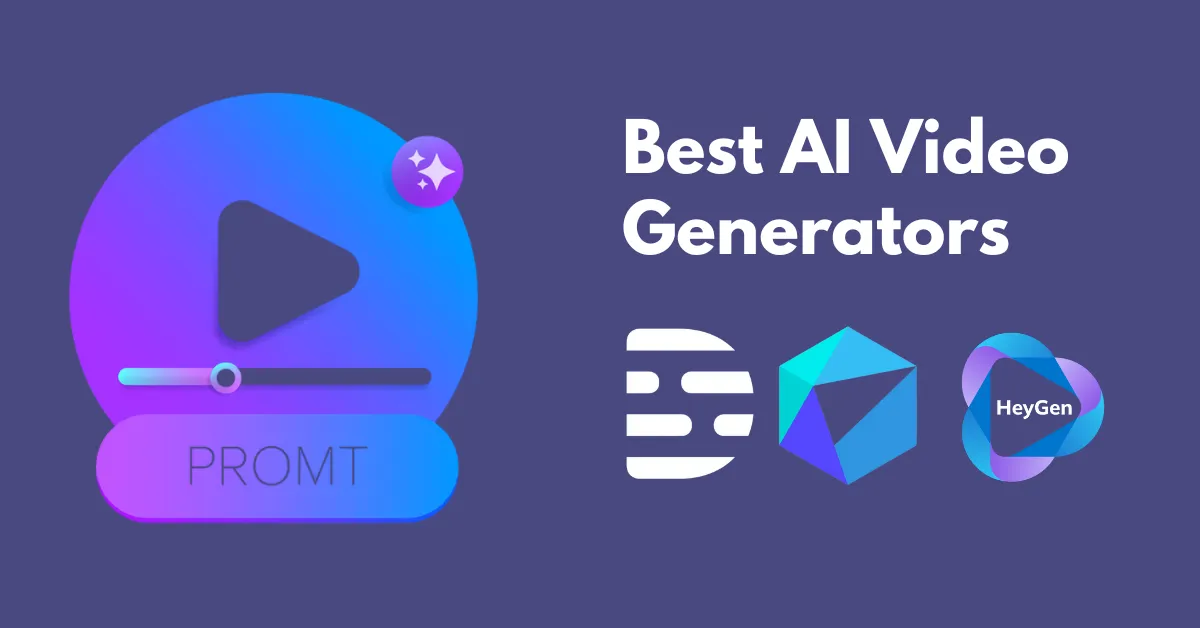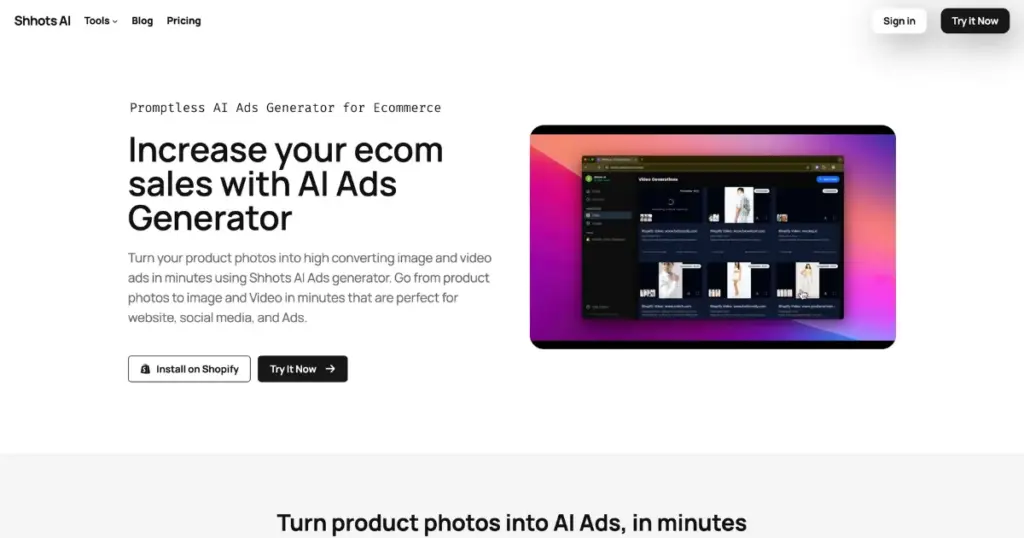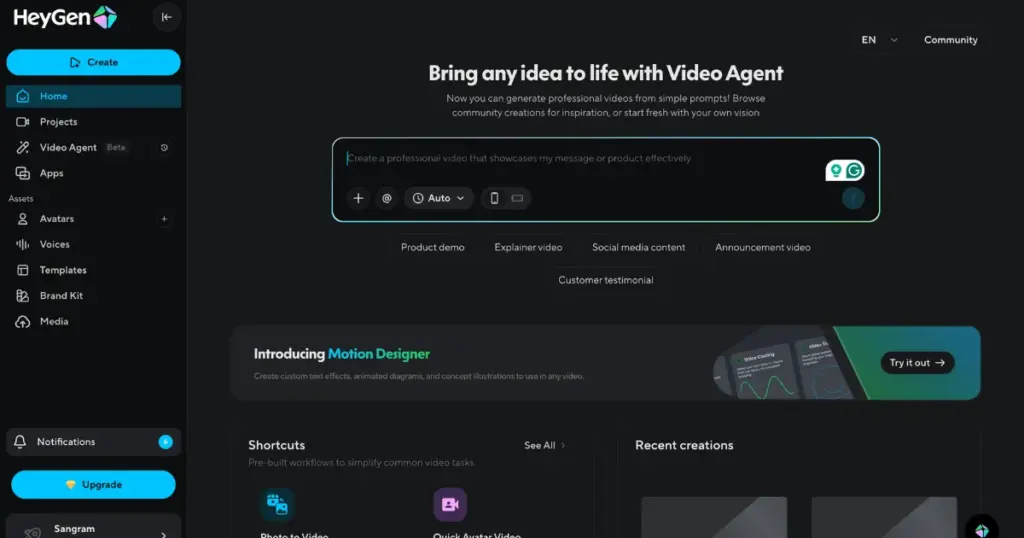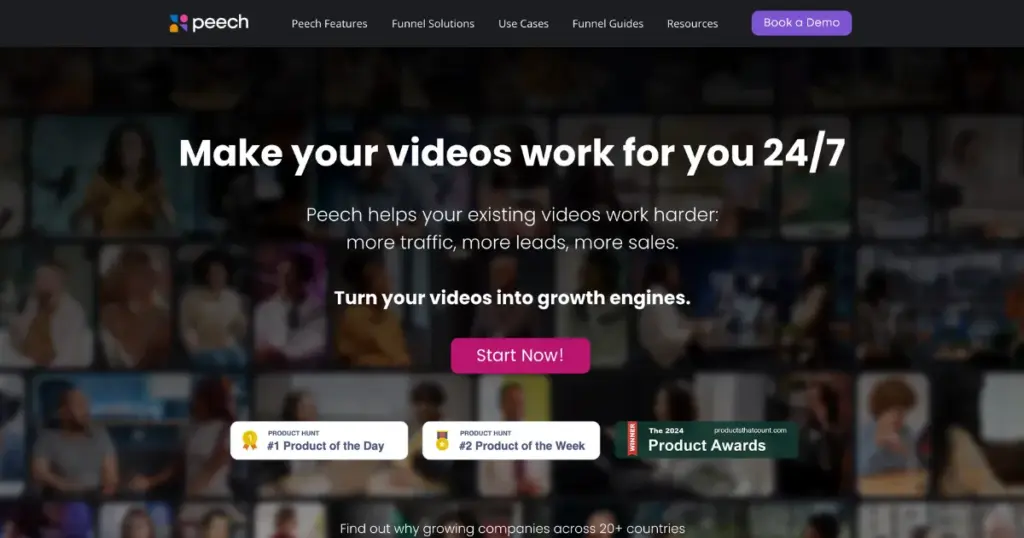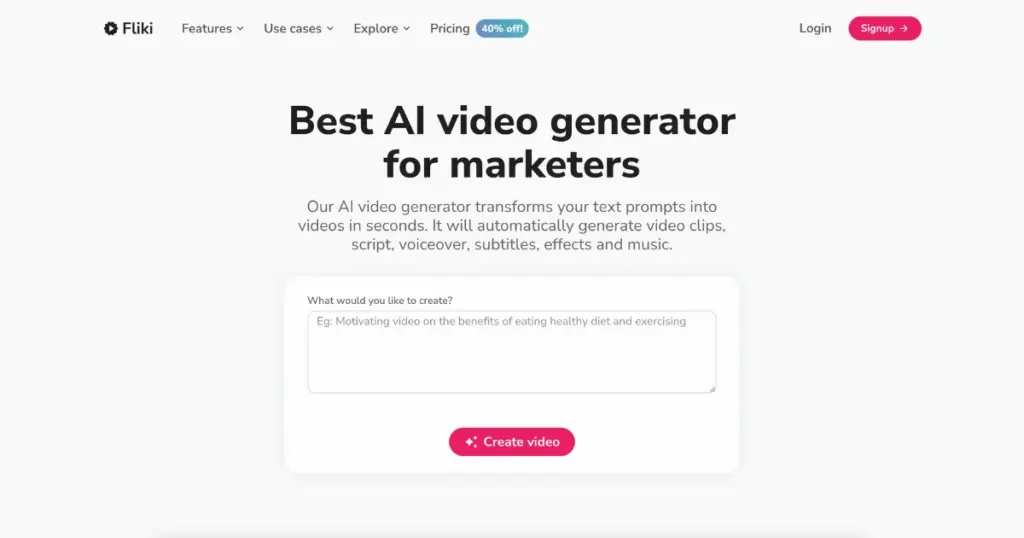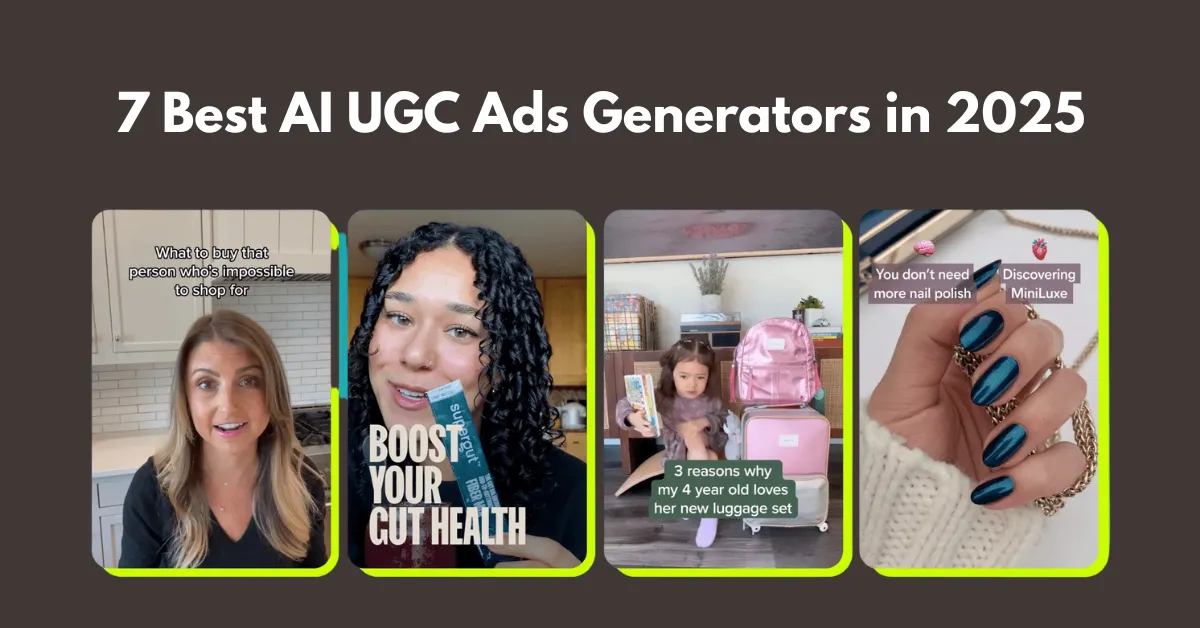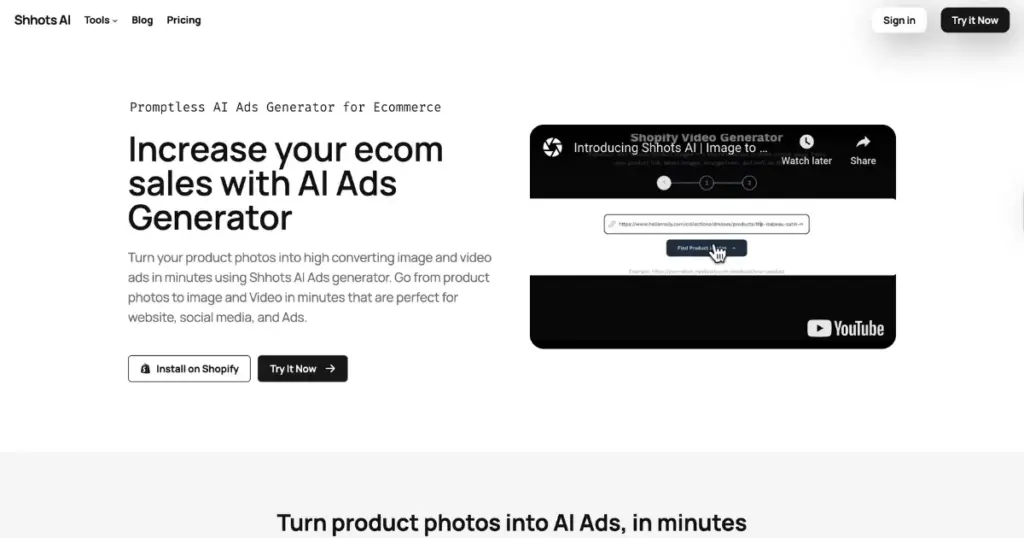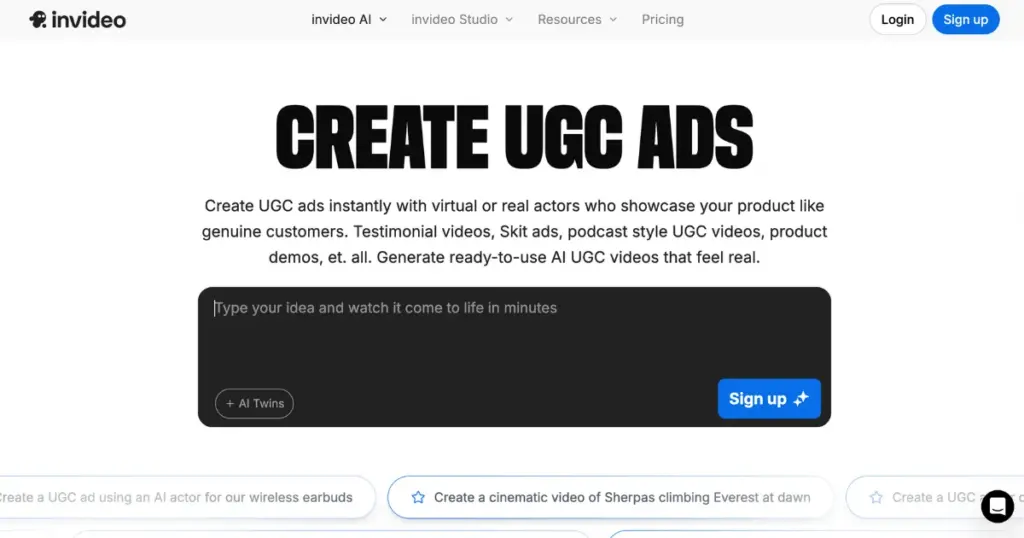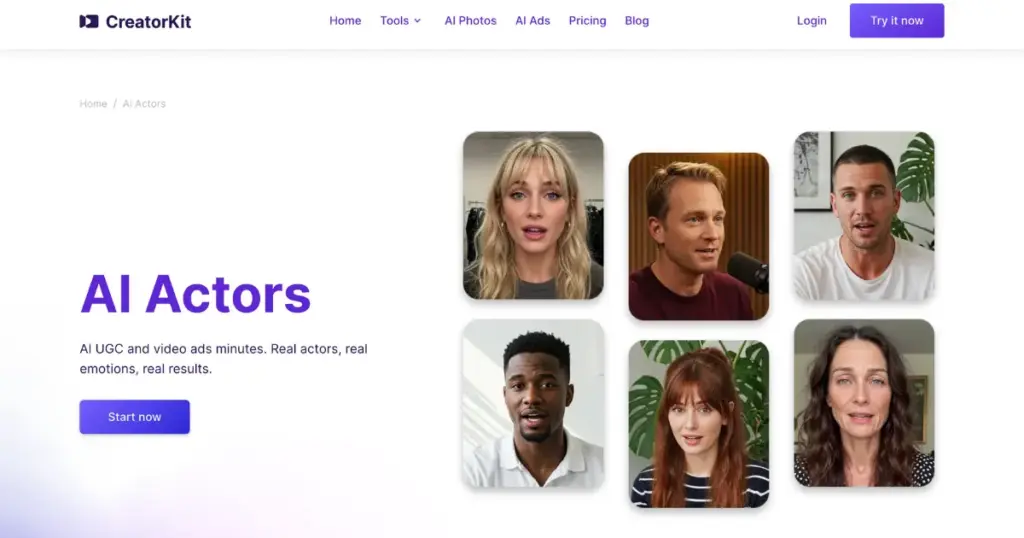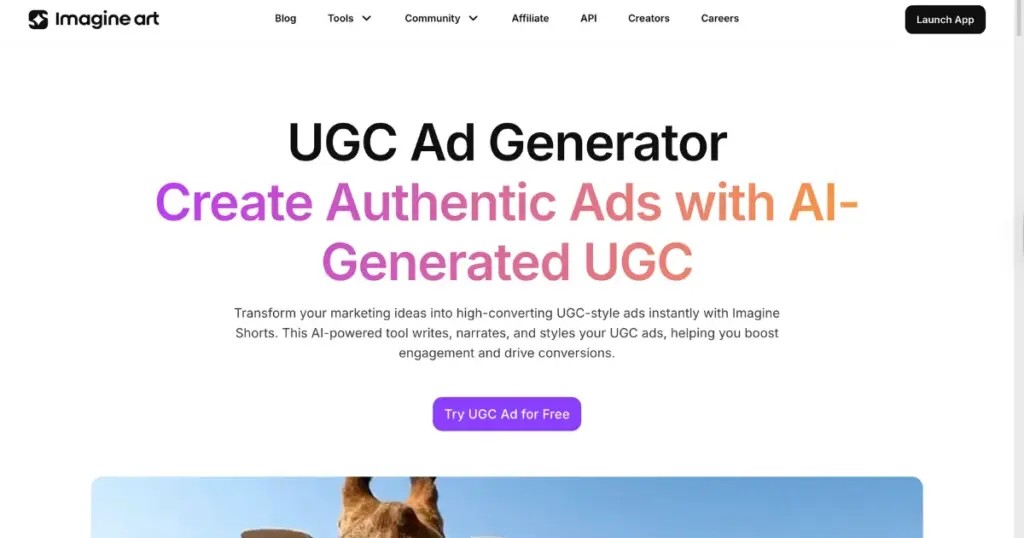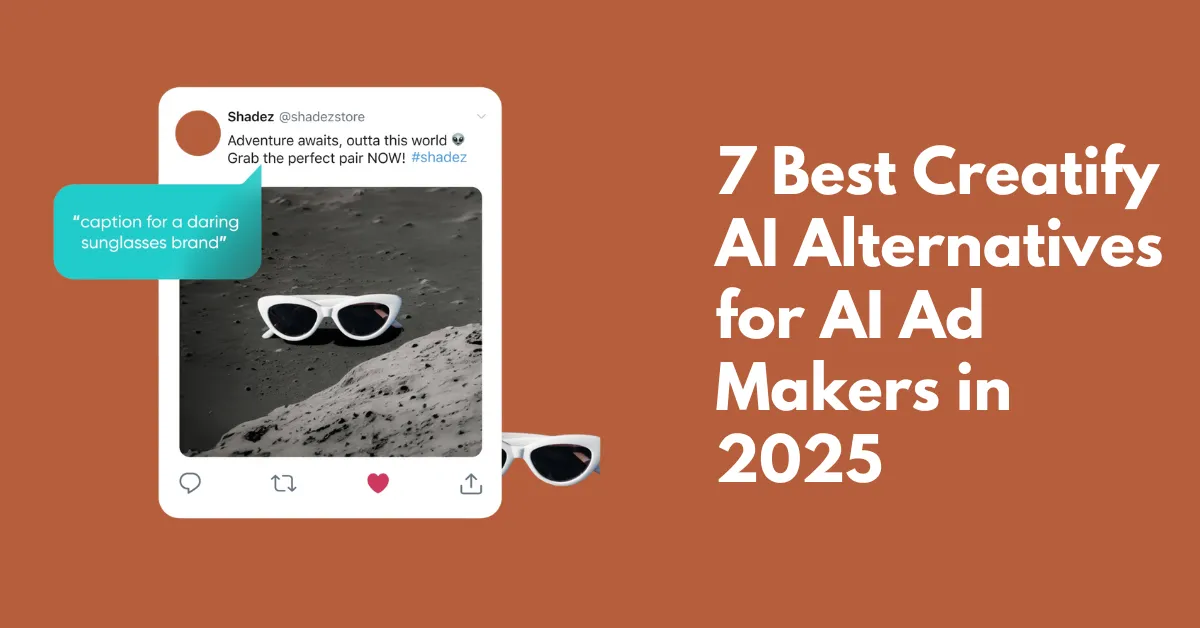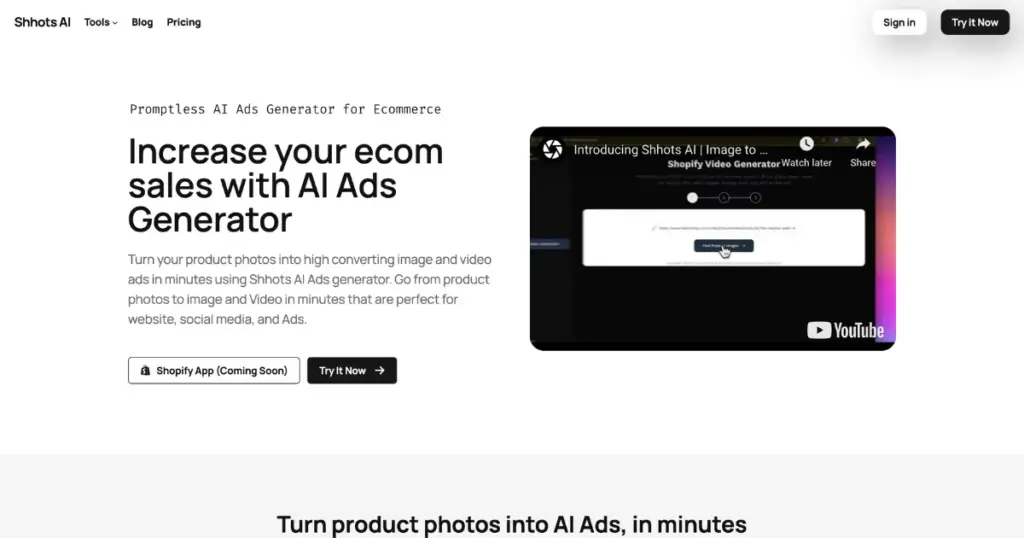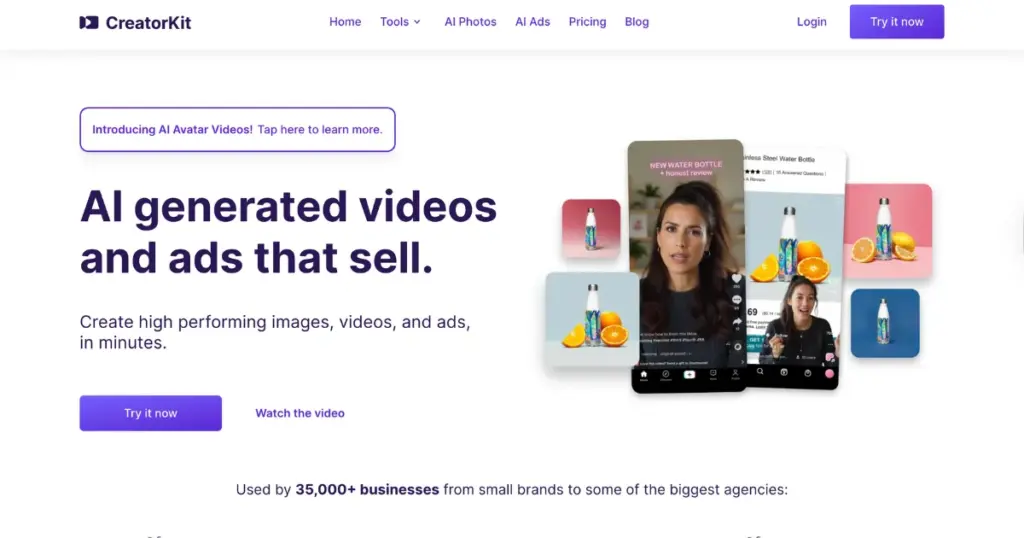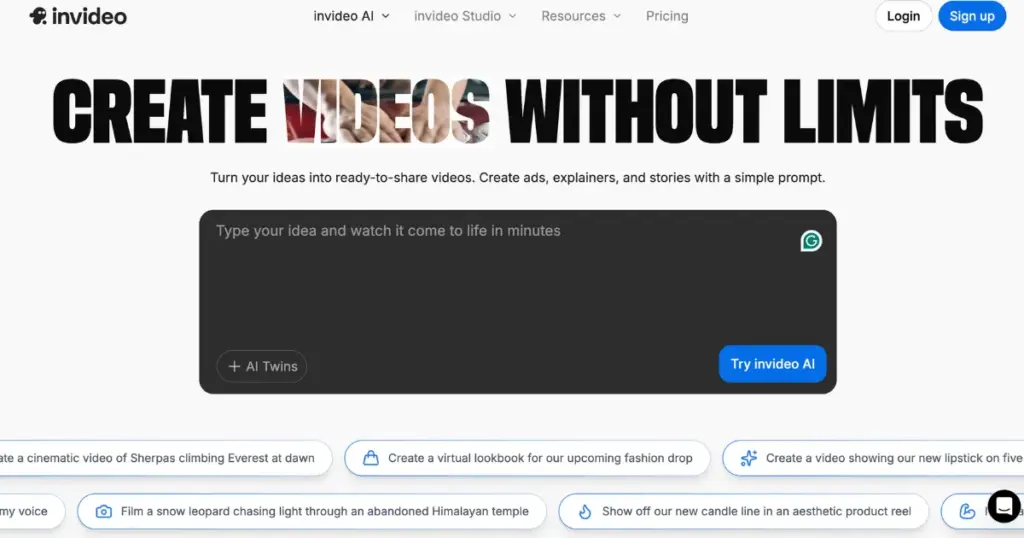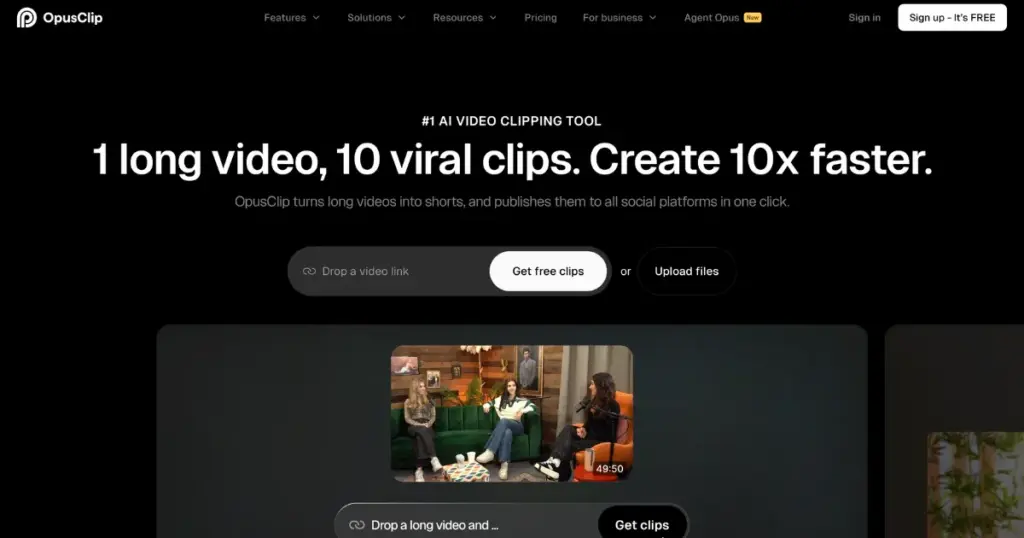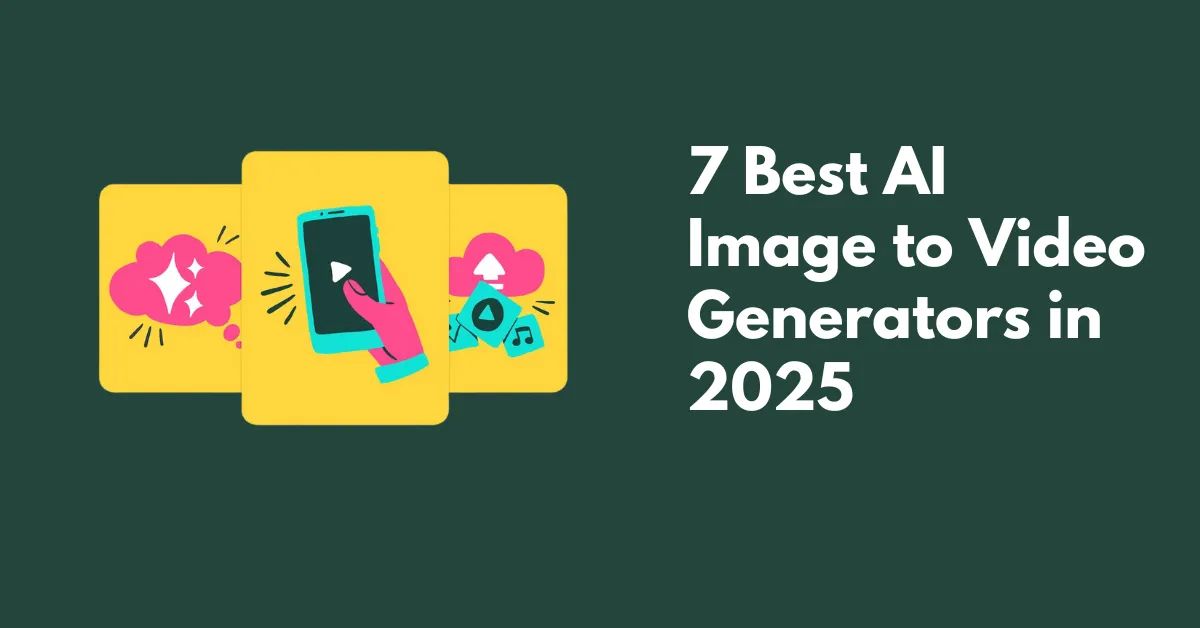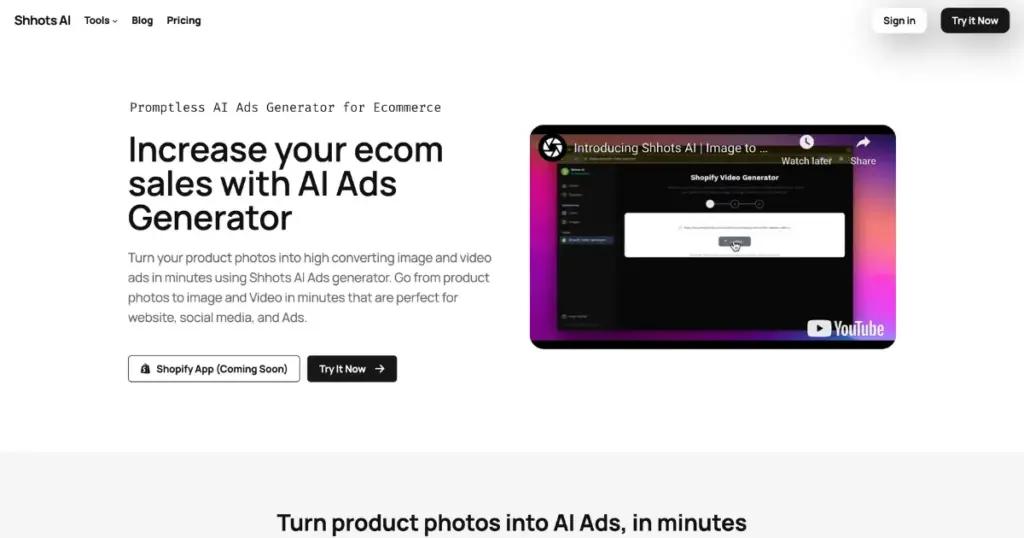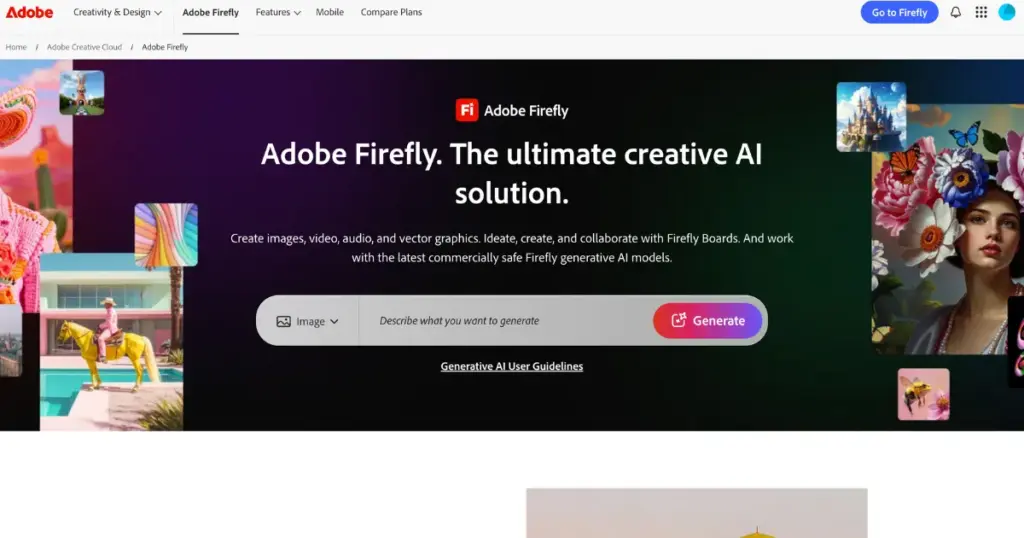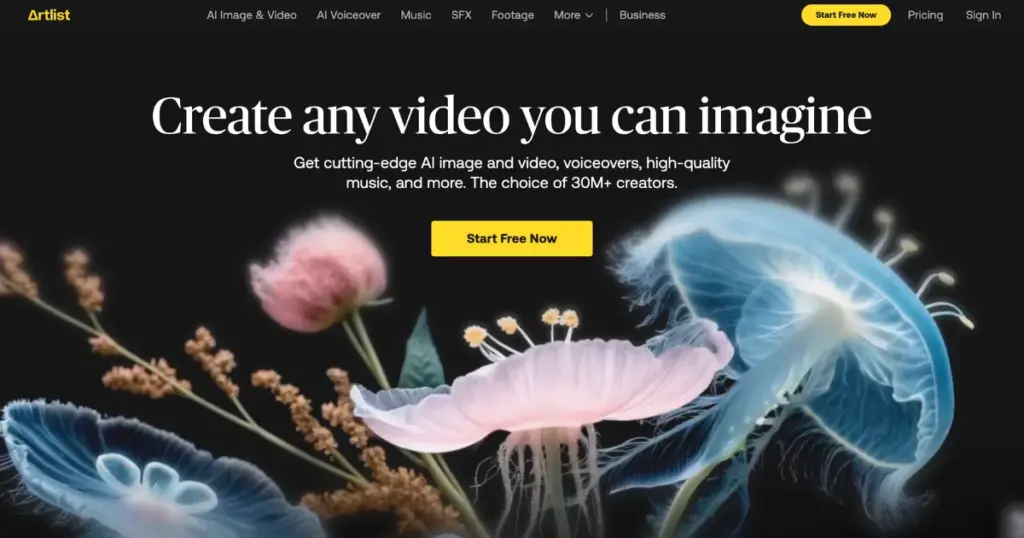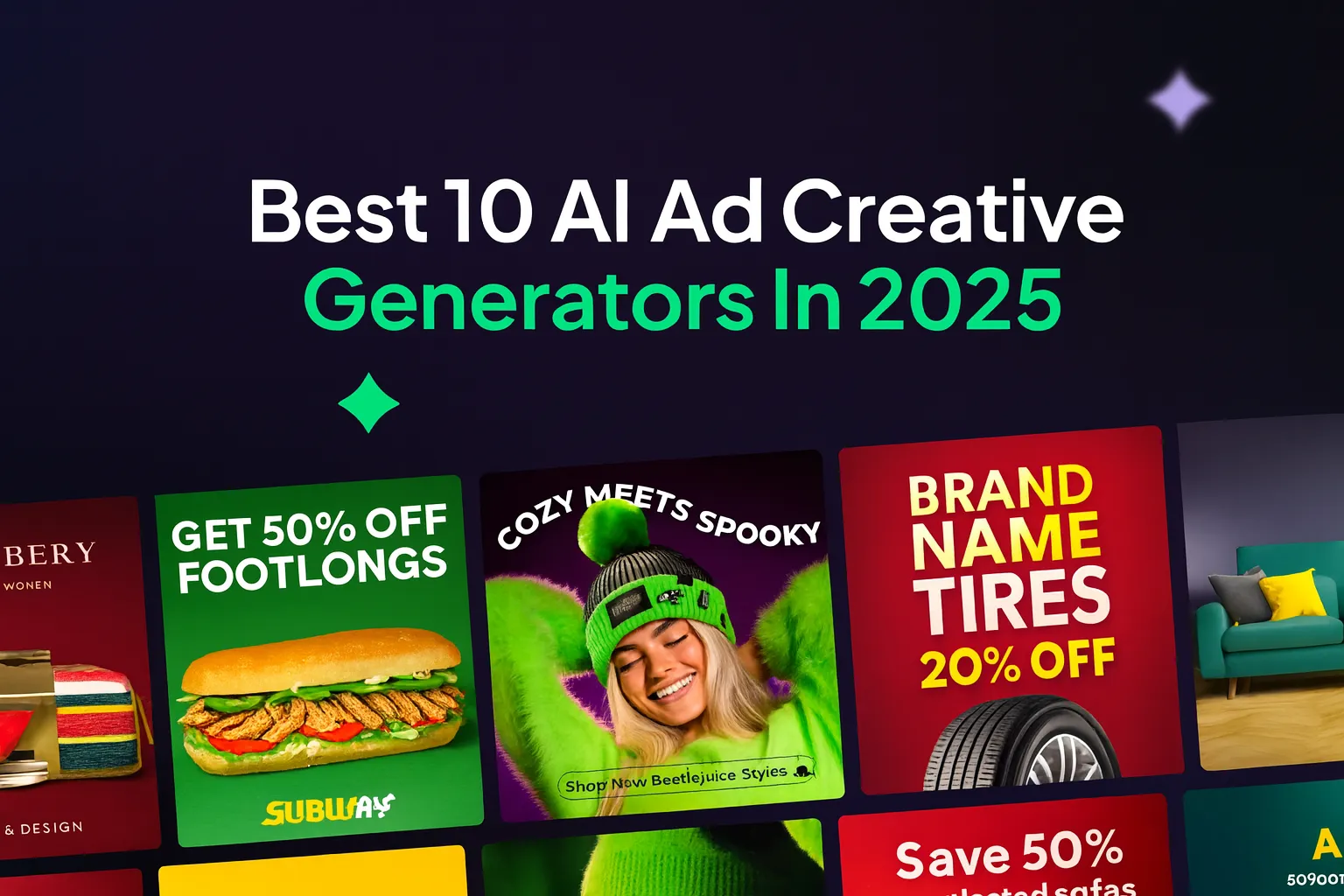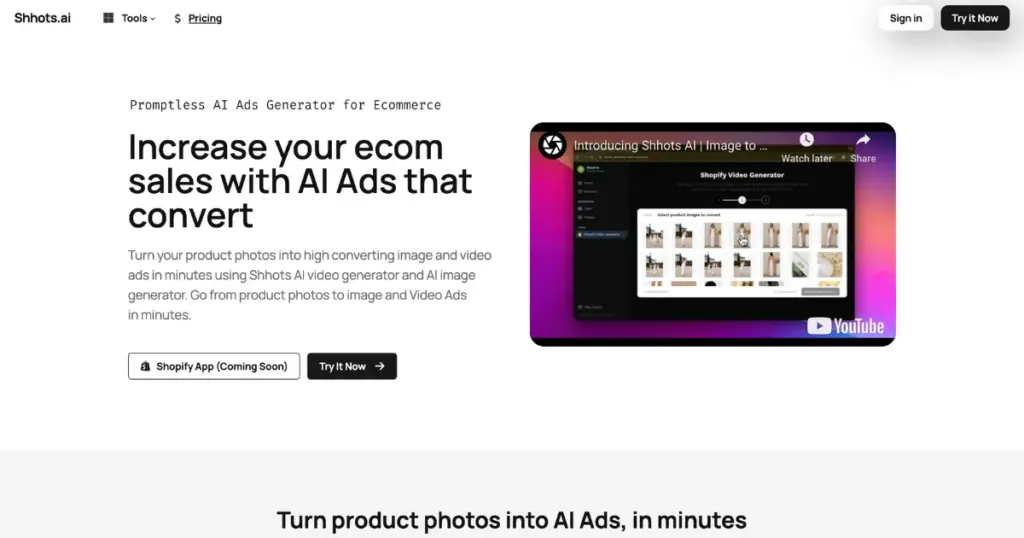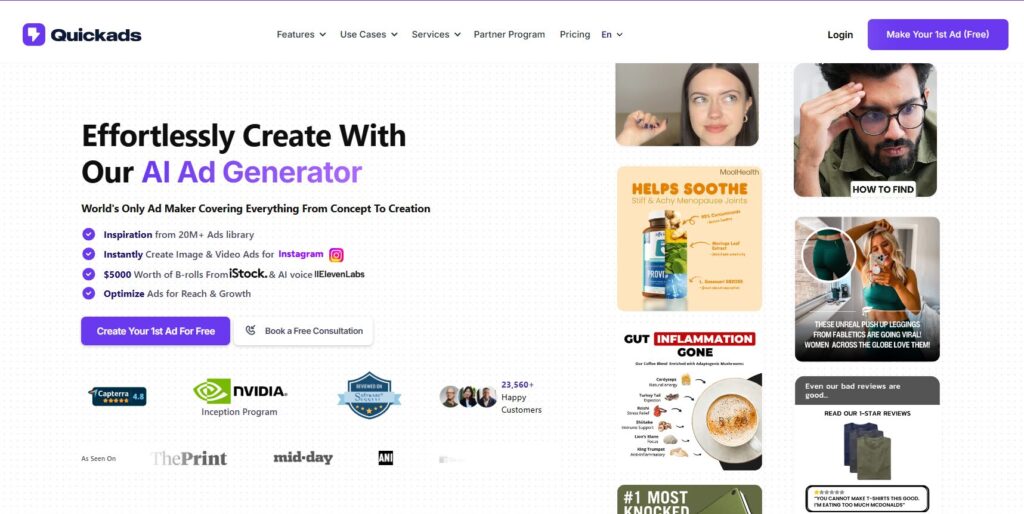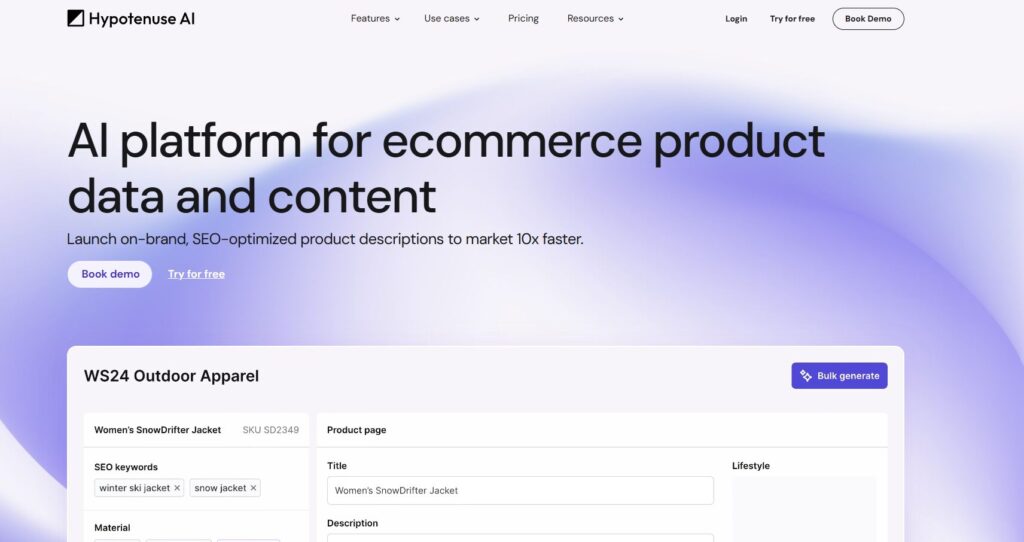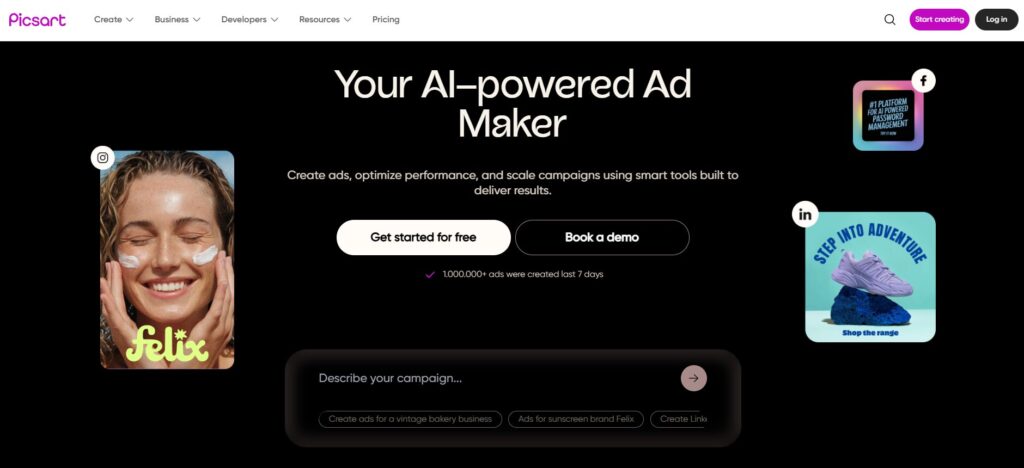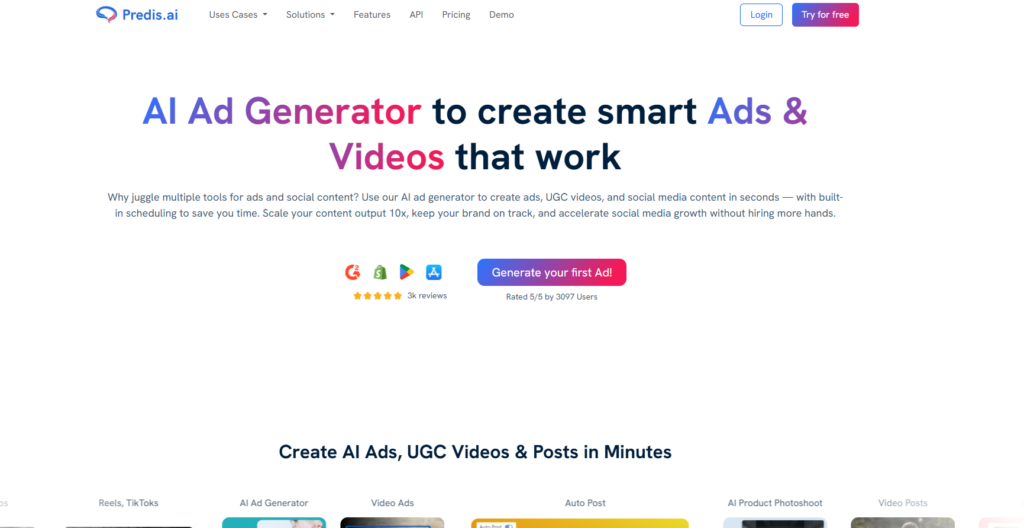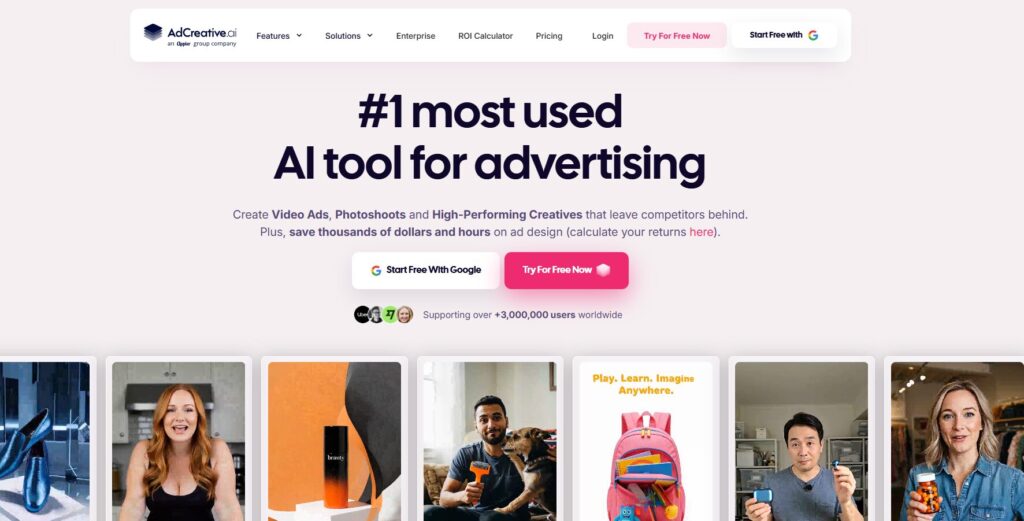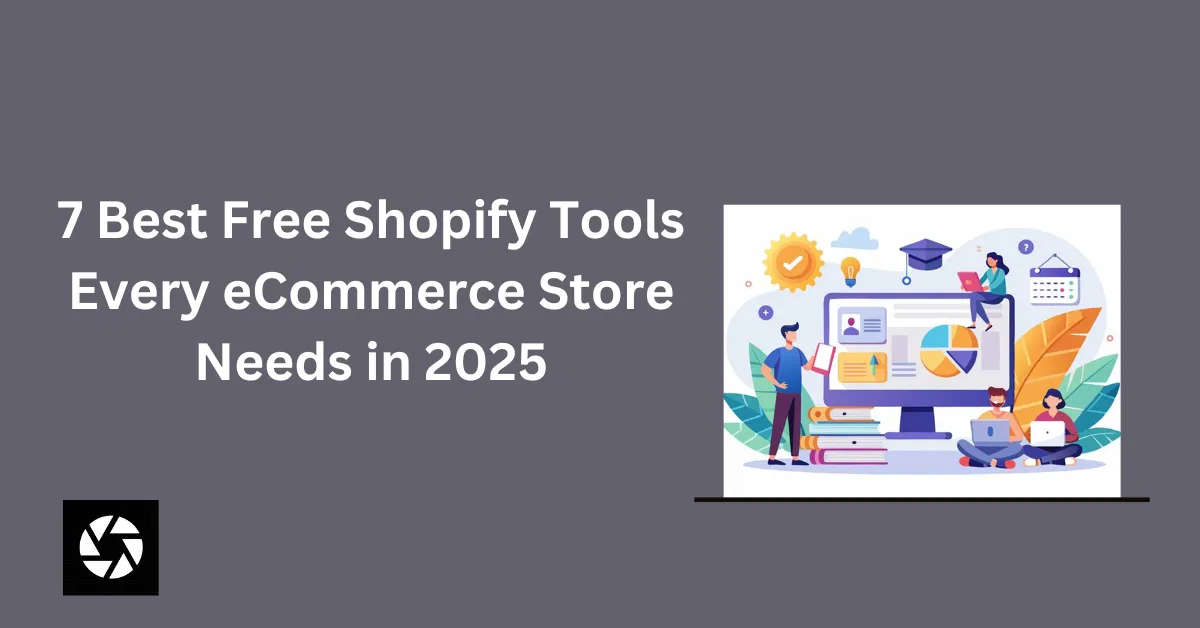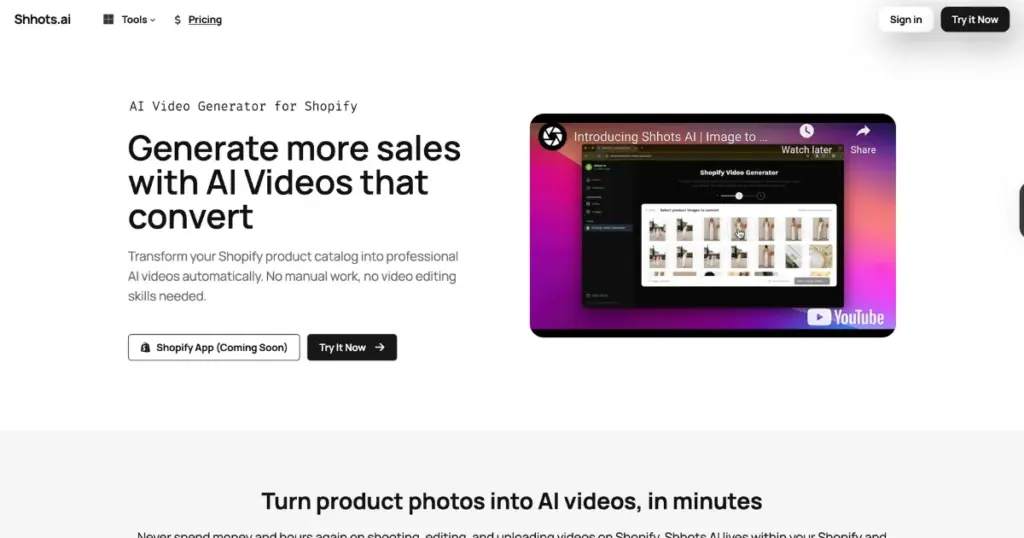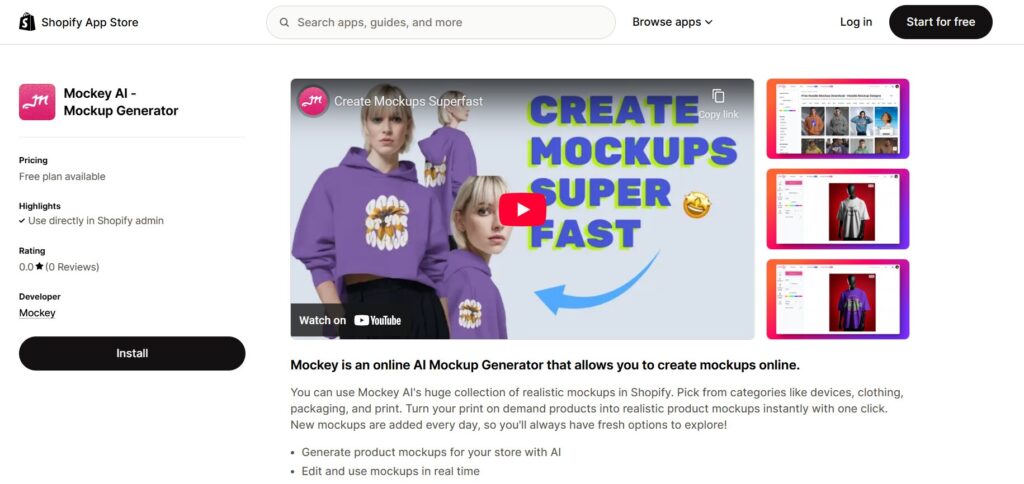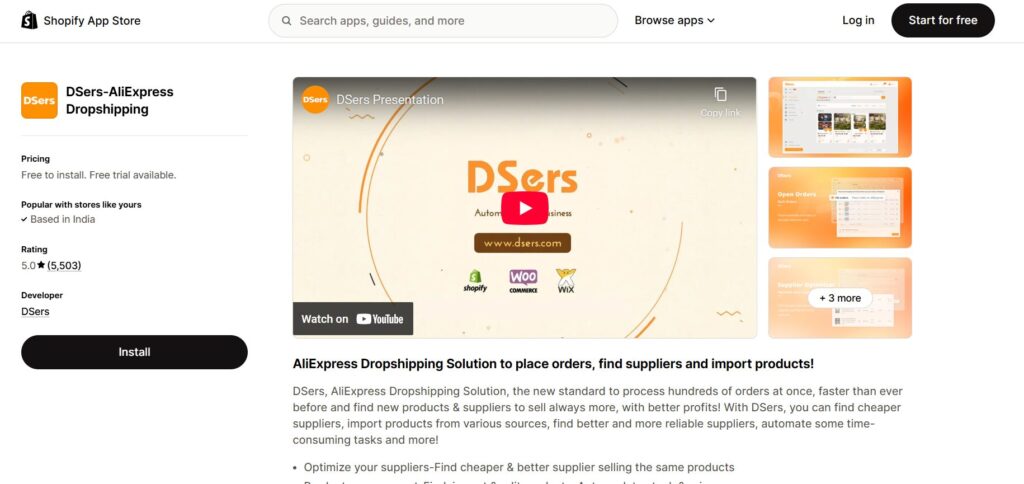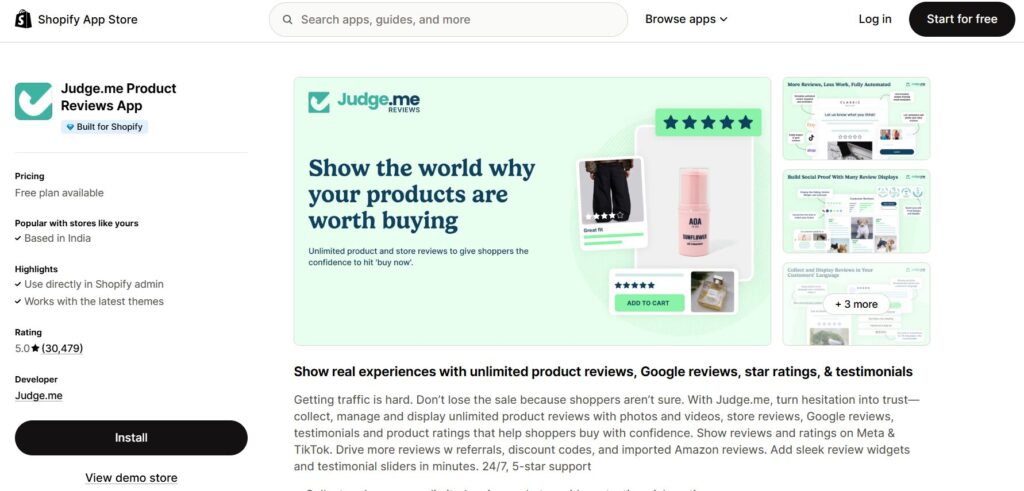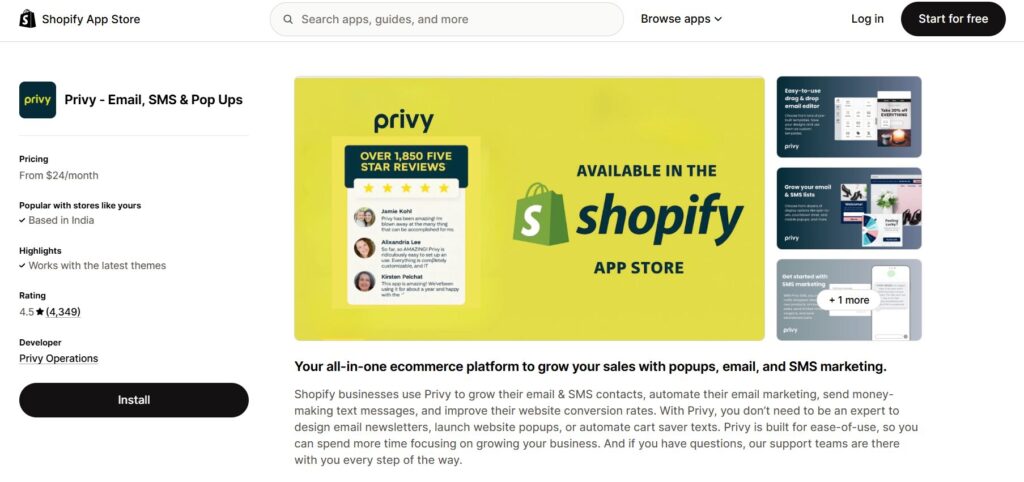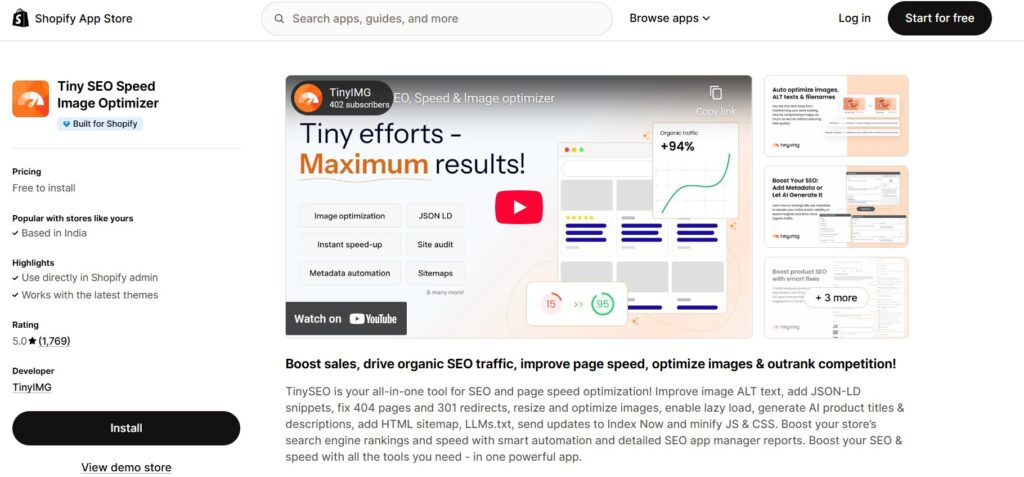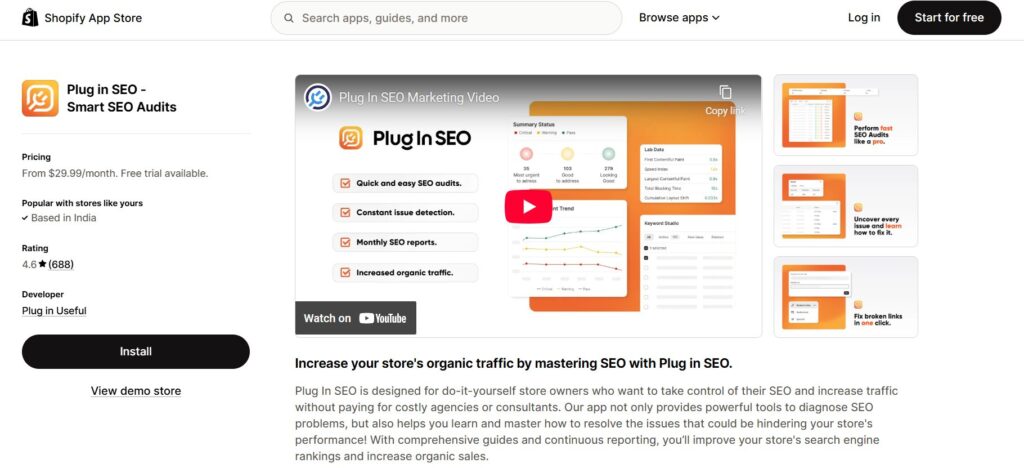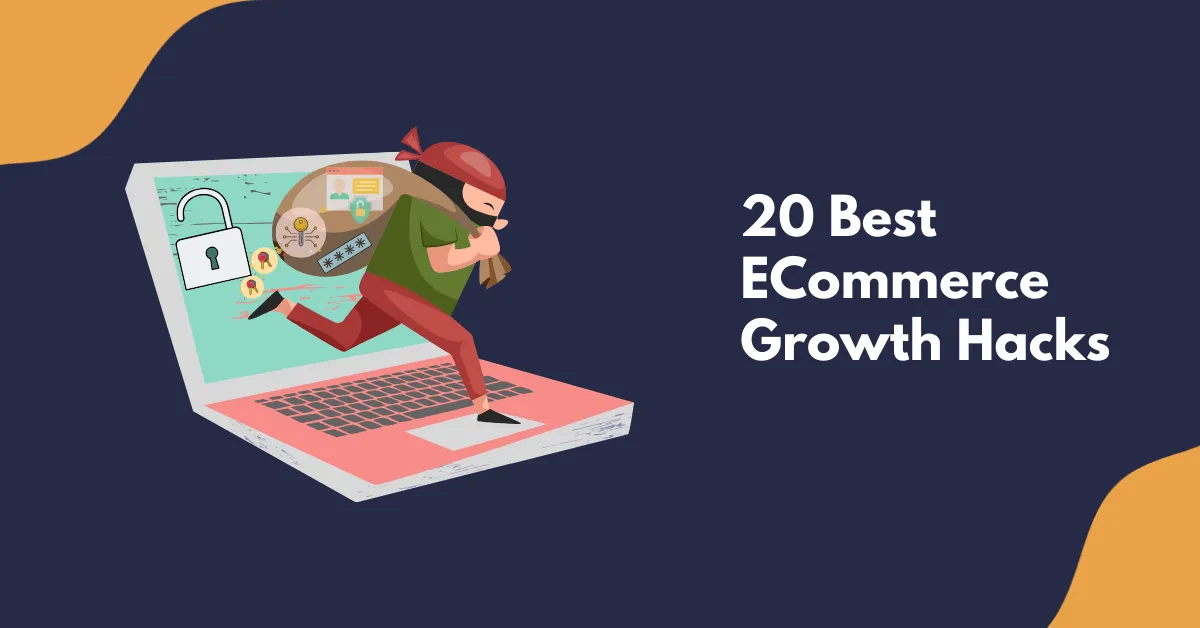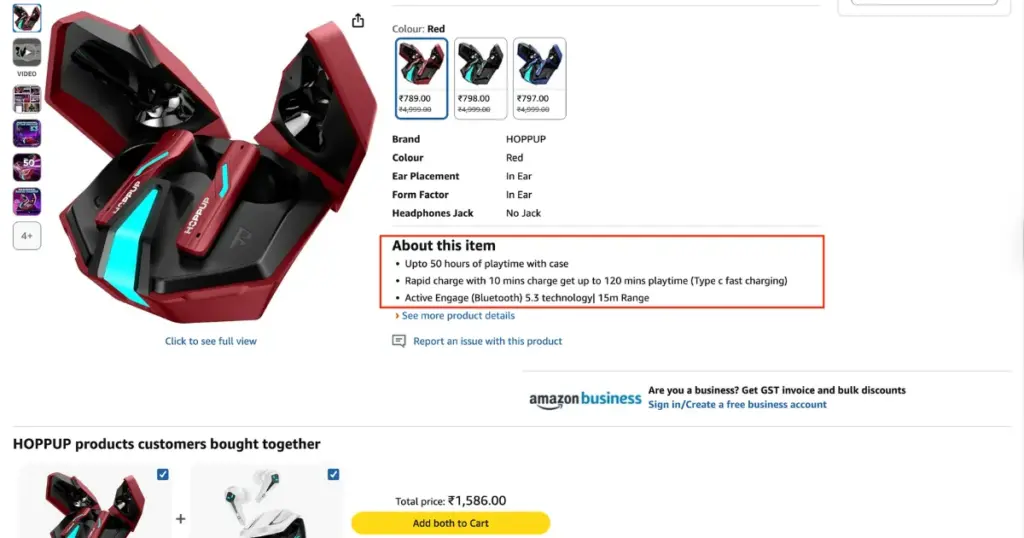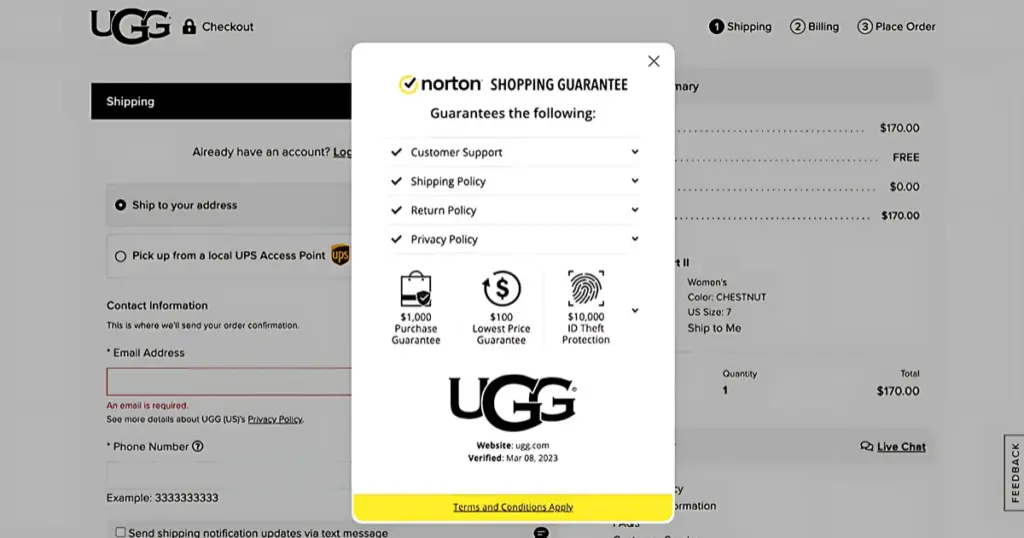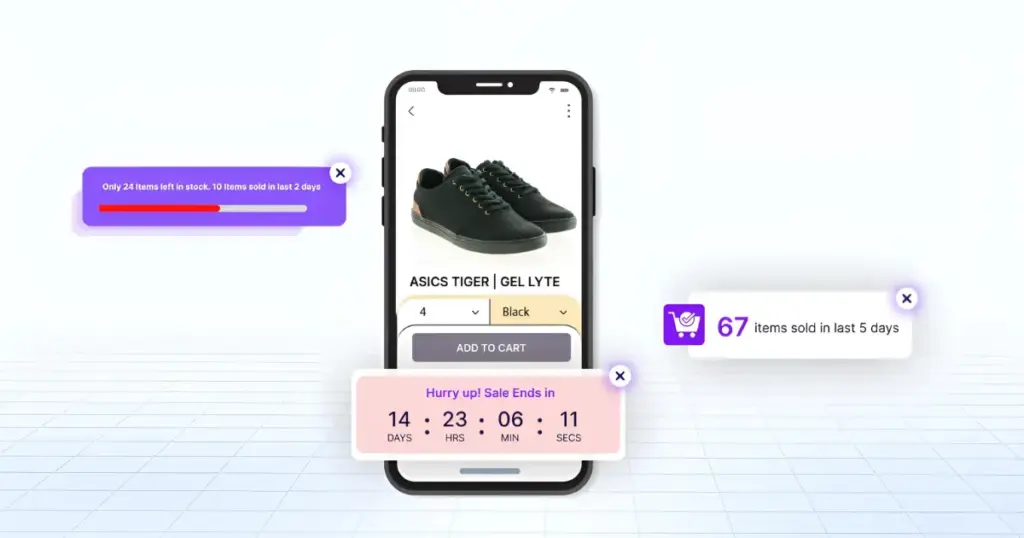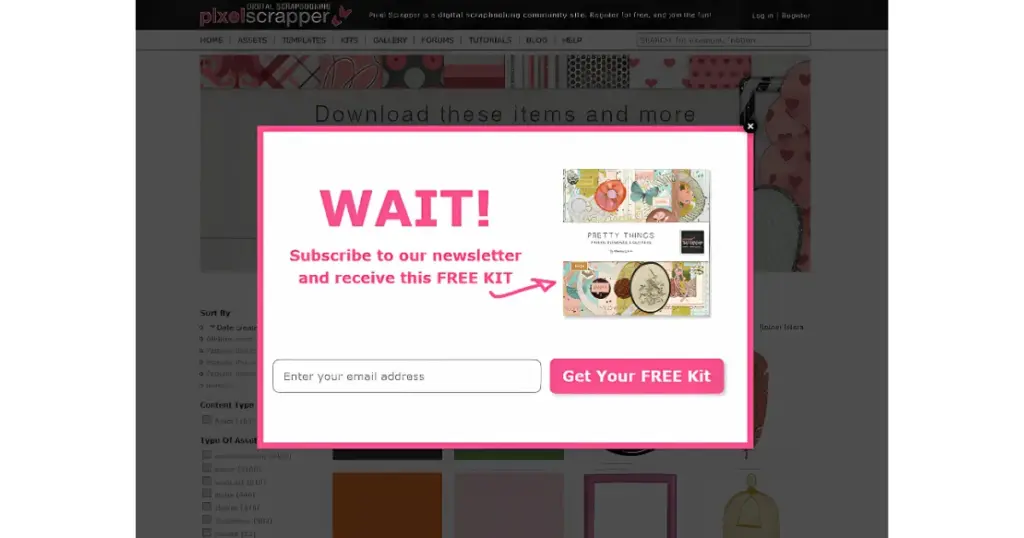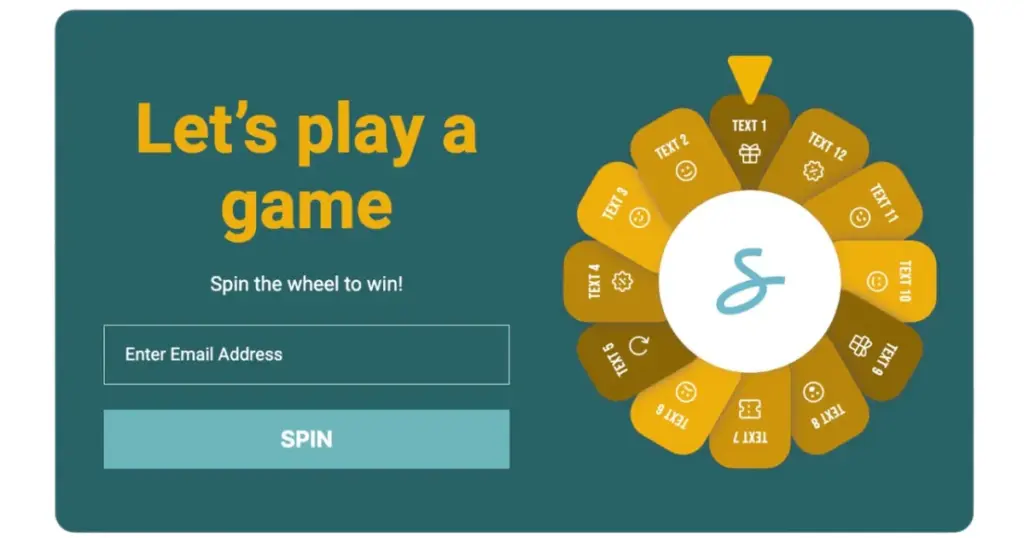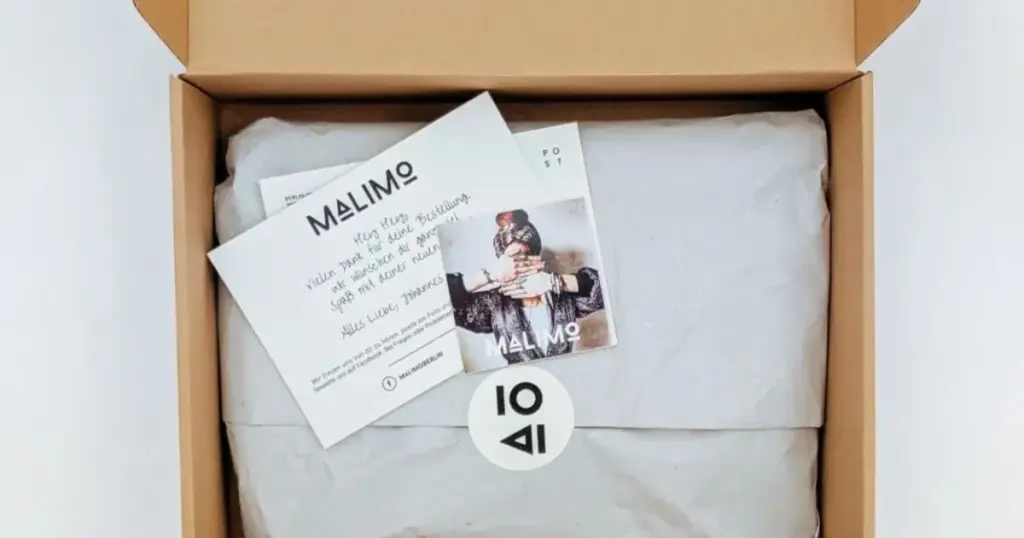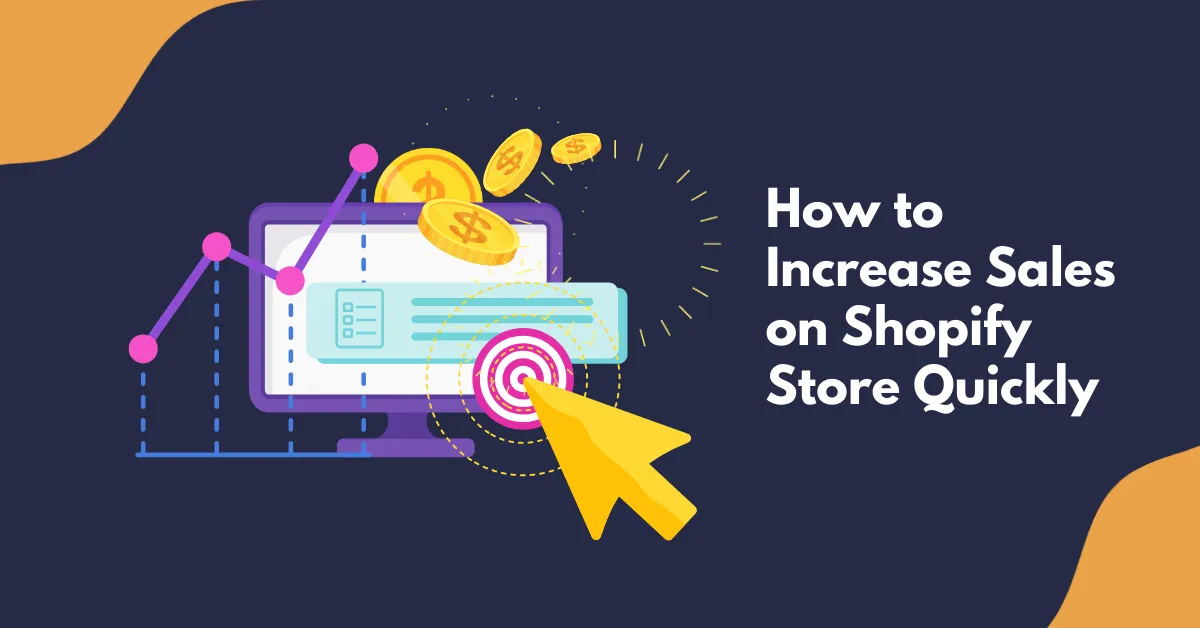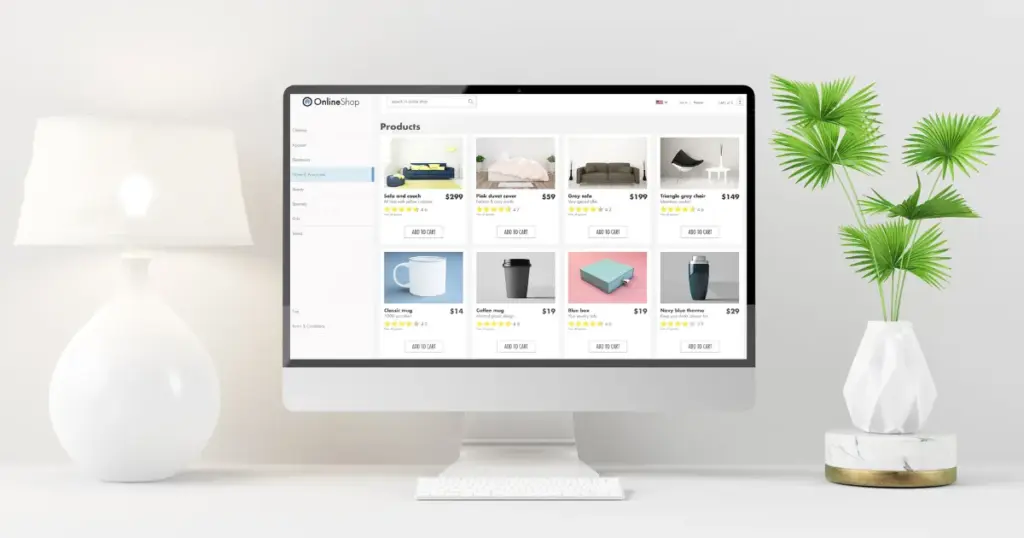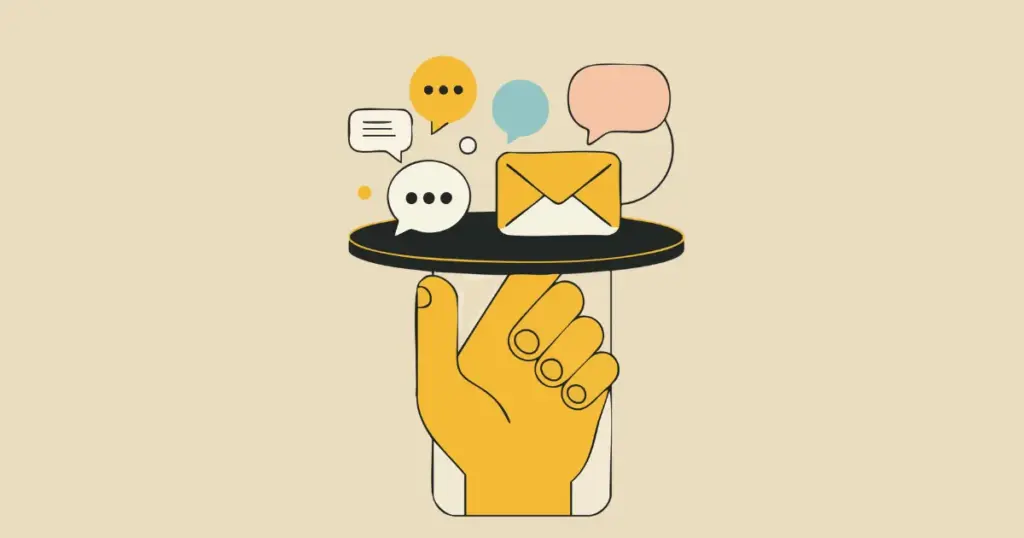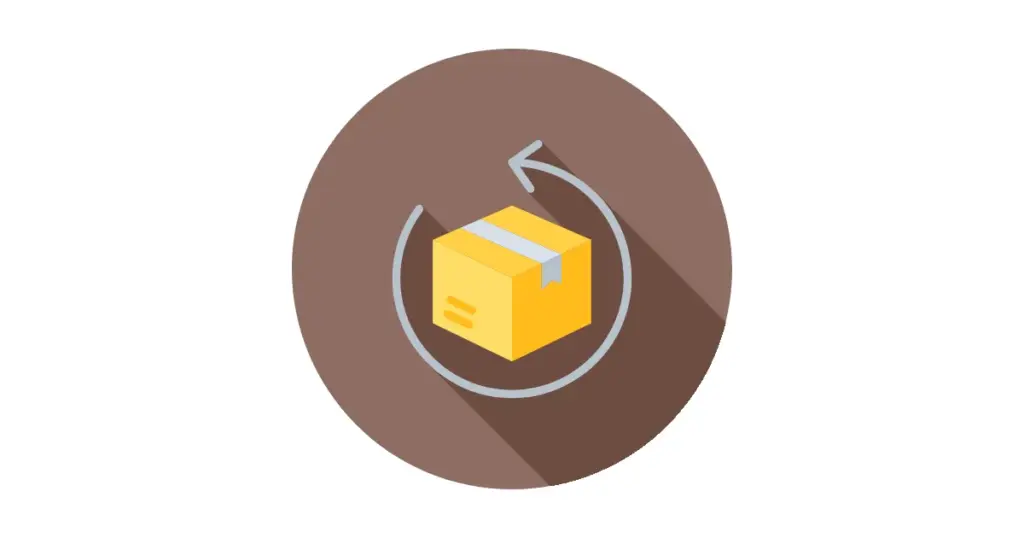Video production has evolved drastically and it is set to completely change in 2026 with newer gadgets, software, and AI video generators.
Video content is more dominant than ever in 2026, transforming how businesses communicate and how consumers make decisions. In fact, the average person spends about 17 hours per week watching online videos, and more than 80% of consumers admit that watching a video influenced their purchase decision.
With 89% of marketers using video and 95% considering it a crucial part of their strategy, it’s clear that video production has moved from a marketing add-on to a centerpiece of digital strategy. This comprehensive guide will walk you through the entire video production process – from basic concepts to advanced techniques – updated for 2026. Whether you’re a beginner picking up a camera for the first time or a seasoned professional adapting to new trends, you’ll find actionable insights, best practices, and the latest tools (including AI-powered solutions) to elevate your video production game.
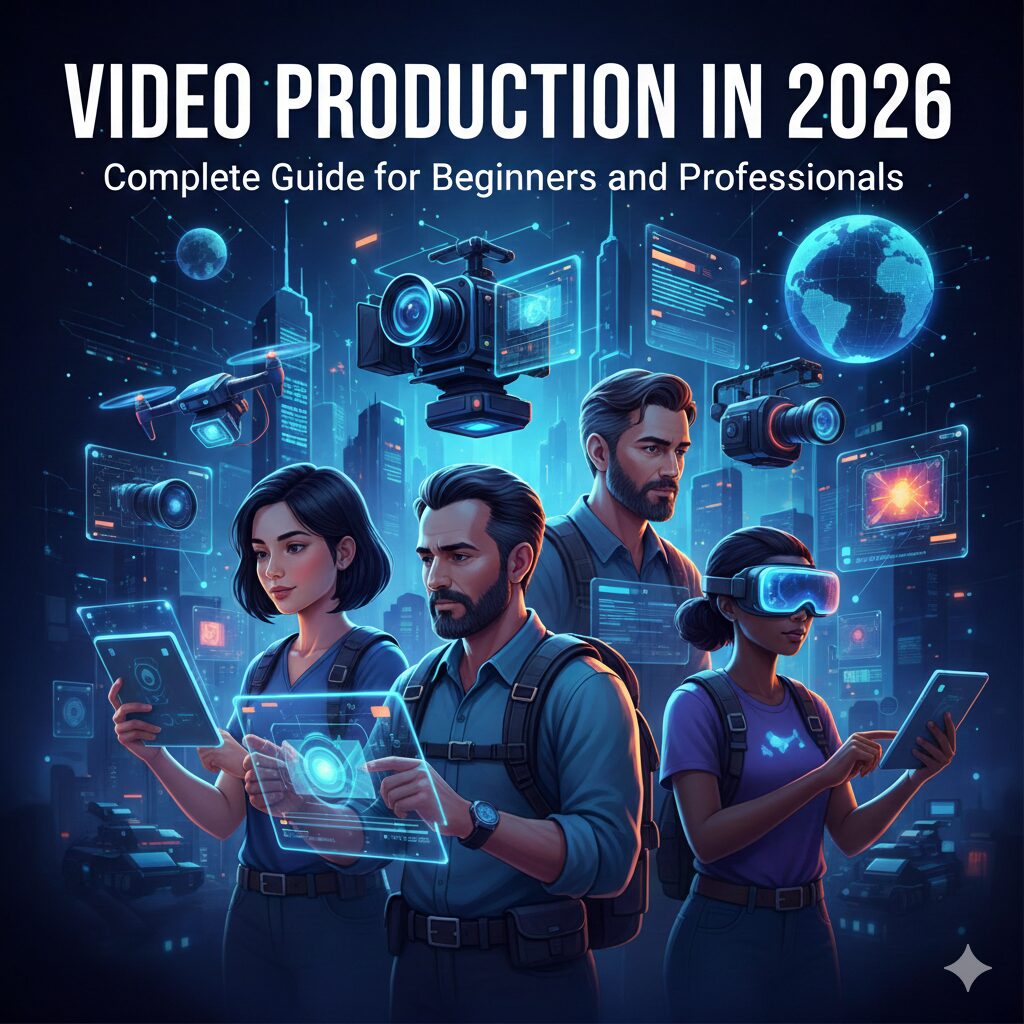
In the sections ahead, we’ll demystify what video production entails, why it’s so important in 2026, and how to execute each stage of production effectively. We’ll also discuss key trends shaping video production in 2026 – like the boom in short-form videos and the rise of AI-assisted editing – to ensure you stay ahead of the curve.
By the end of this guide, you’ll not only understand the end-to-end process of creating videos but also how to leverage new technologies (such as AI video production tools) to save time and budget. Let’s dive into the world of video production and see how you can create compelling video content that resonates with your audience and achieves your goals in 2026.
What Is Video Production?
Video production is the process of creating video content from conception to final output. It encompasses multiple stages – including planning, filming, editing, and distribution – all aimed at delivering a polished video that effectively communicates a message. Unlike traditional film production (which focuses on movies or TV with large budgets and long timelines), video production covers a broader range of content such as commercials, corporate videos, social media clips, and other online videos. It’s generally more agile and business-oriented than film production. Also, video production is distinct from simple videography: while a lone videographer might capture an event or wedding with minimal setup, full video production is often a team effort involving directors, scriptwriters, camera operators, editors, and more, all working in coordination to plan, shoot, and refine the content.
In essence, video production brings together creative storytelling and technical execution. A successful production results in a video that not only looks and sounds professional but also engages the target audience. In 2026, video production can range from a single creator shooting content on a smartphone to a large crew working with cinema-grade cameras – and increasingly, it can even involve AI tools that automate parts of the process. No matter the scale or tools, the core idea is the same: transforming an idea into a visual story through a structured process.
Why Video Production Matters in 2026
Video has proven to be one of the most powerful ways to communicate and persuade, which is why mastering video production is so valuable. Here are some key benefits and reasons video production is essential in 2026:
- Massive Audience & Engagement: Online video reaches roughly 92% of internet users worldwide, and platforms like YouTube, TikTok, and Instagram have billions of active viewers. People are not just watching – they are engaging. Viewers retain 95% of a message when watched in a video compared to only 10% when reading text. This high retention means your story or marketing message is more likely to stick with the audience when delivered via video.
- Higher Conversion & Sales: Quality video content can directly boost business results. For example, adding video to a landing page can increase conversion rates by up to 86%. Shoppers find product videos helpful in making purchase decisions – in fact, 82% of people say video has convinced them to buy a product or service. By showcasing products or testimonials through video, brands build trust and drive more sales.
- Multi-Platform Versatility: One video shoot can generate content for multiple channels – from TV ads to social media snippets – maximizing reach. A well-planned video can be edited into different aspect ratios and lengths, yielding versions for YouTube, Instagram, TikTok, your website, and more. This multichannel versatility increases brand visibility across the web. Plus, having video on your website keeps visitors around longer (users spend 88% more time on sites with video) and can improve SEO rankings, as search engines favor rich media content.
- Stronger Emotional Connection: Video combines visuals, audio, and storytelling, making it easier to evoke emotions and connect with viewers. This builds trust and authenticity. Especially with trends like live streaming and behind-the-scenes footage, brands appear more transparent and human. Notably, 92% of consumers prefer content that feels authentic or user-generated over highly polished ads. A relatable video can humanize your brand and create loyal fans.
- Better ROI and Growth: When done right, video marketing offers great return on investment. It’s reported that brands using video grow revenue 49% faster year-over-year than those that don’t. With video’s broad reach and impact, the initial investment often pays off in the form of increased sales, customer retention, or brand awareness. And thanks to advancing technology (like affordable high-quality cameras and AI editing software), the cost of producing videos has come down, improving ROI even further.
In short, video production in 2026 is not just about making “content”; it’s about achieving real communication goals – be it educating your audience, marketing a product, or training your team – in the most engaging way possible. Next, we’ll explore how you can undertake video production, looking at different approaches and the step-by-step process to create effective videos.
Types of Video Production Approaches
When embarking on a video project, you have a few ways to organize the production. The main approaches are producing in-house, outsourcing to professionals, or a hybrid of both. Each has its pros and cons:
In-House Video Production
In-house production means you handle the video creation within your own organization, using your team and resources. This approach offers greater creative control and potentially faster turnaround for revisions, since your team is fully dedicated to your brand’s needs. It can also be cost-effective in the long run if you produce videos regularly, because you’re investing in equipment and skills that you’ll reuse across projects.
However, doing everything in-house requires a significant upfront investment. You’ll need to purchase or rent quality cameras, lighting, microphones, editing software, and possibly studio space. You also need skilled personnel – from a camera operator to an editor – or you must train your existing team. Smaller teams might lack specialized expertise in certain areas (for example, motion graphics or sound design), which can limit the sophistication of your videos. If your staff is already stretched thin, adding video production duties can strain resources. So, while in-house production gives you control and can be efficient for quick content, be sure you have the necessary gear and talent before committing to this route.
Outsourced Video Production
Outsourced production involves hiring external experts – such as a video production agency or freelance videographer – to create your video. The big advantage here is access to experienced professionals with specialized skills. A dedicated production company will bring high production value: they know how to execute lighting, cinematography, sound, and editing at a professional level. You also benefit from an outside perspective and creative input; seasoned creators can offer fresh ideas and insights that you might not have considered internally. Additionally, outsourcing is scalable – you can hire a big crew or a small one depending on the project’s complexity, without permanently expanding your payroll.
The downsides include higher costs per project (agencies have fees that cover their time, equipment, and overhead) and less day-to-day control. You’ll need to communicate clearly to ensure the external team understands your vision and brand messaging. Miscommunications or scheduling delays can occur when working with outside teams. Also, the turnaround time may be longer due to coordination and the agency’s scheduling. To mitigate these issues, do thorough research when choosing a vendor: review portfolios, get referrals, and ensure they have experience with your type of video or industry.
Hybrid and New Approaches
Many organizations find a middle ground: a hybrid approach that combines in-house knowledge with external help. For instance, you might handle scripting and initial shooting internally, then hire a freelancer to do advanced editing or animations. Or use in-house staff for on-camera talent and outsource the technical filming to a local videographer. Another example of hybrid production in 2026 is remote video production, where you work with a virtual team or platform to get footage (even directing shoots over Zoom or using cloud collaboration for editing).
Importantly, 2026 has also introduced AI-assisted production as an emerging approach. Companies are starting to use AI tools to automate parts of the process – from editing to even generating video content – which lowers the need for large crews in some cases. We’ll dive deeper into AI in a later section, but keep in mind that AI tools can complement your team, effectively acting as a virtual assistant in the production process. For example, an AI might handle rough cuts of your footage or create simple product videos from images, while your human team focuses on creative direction.
Which approach is right for you? It depends on your budget, frequency of video needs, and available talent. A startup owner with basic skills might shoot short social videos in-house with a smartphone, whereas a company needing a polished TV commercial will likely hire an agency. Many businesses do a bit of both. The key is to ensure that however you produce your video, you uphold a standard of quality and align the content with your strategic goals. Now, let’s break down the video production process itself into its fundamental stages.
Video Production Process: 5 Key Stages
Creating a video typically goes through five major stages: Planning & Development, Pre-Production, Production, Post-Production, and Distribution & Marketing. Each stage builds on the previous one, and giving proper attention to each will ensure your final video is professional and effective. Let’s explore each phase in detail:
Stage 1: Planning & Development
Every great video starts with a solid plan. In this initial stage, you develop the concept and strategy for your video. Begin by asking the big questions that will drive your project:
- What is the overall goal of this video? – Are you trying to promote a product, educate customers, entertain, or something else? Defining the purpose is crucial.
- Who is the target audience? – Understand who you want to reach and what would appeal to them. A video aimed at first-time home buyers will differ from one targeting college students.
- What key message or story do you want to convey? – Clarify the core message or narrative. Often, this is summarized in a creative brief or outline.
- What is your budget and what resources do you have? – Determine your constraints. This influences whether you can afford actors, special effects, location shoots, etc., or need to simplify the idea.
- What potential challenges might arise? – For example, a concept might be hard to film due to location or require special permission. Identifying hurdles early means fewer surprises later.
During development, you’ll brainstorm ideas and then narrow to the best one. This can be an exciting phase – you’re essentially storyboarding in your mind. Scripting happens here: writing a script or at least an outline of scenes/dialogue. If your video requires on-screen text or voiceover, draft those as well. Some teams also create a storyboard in this phase – a visual sketch of key shots – to help envision the final result.
2026 Tip: You can leverage AI tools in the planning stage. For instance, script-writing assistants (like using GPT-based tools) can help draft a first version of your script or generate ideas. There are even AI storyboard generators that turn text into rough imagery. While AI won’t replace your creativity, it can spark concepts or speed up research (e.g. finding popular themes in your industry).
By the end of the planning phase, you should have a clear concept, a script or shot list, and a plan of action. You’ll know the style of video (live-action vs. animation, polished vs. casual UGC-style, etc.), the platforms it’s intended for (will it live on TikTok, YouTube, your website, or all of the above?), and an idea of budget and timeline. This blueprint will guide the next stage. As the saying goes, “measure twice, cut once” – the time you invest in planning will save you time and money during production.
Stage 2: Pre-Production
Pre-production is the stage where you prepare everything needed for the actual filming. Think of it as organizing and logistics. Now that you have a concept and script, the question becomes “How will we make this happen?”. Key activities in pre-production include:
- Assembling the Team: Decide who will work on the project. This could involve hiring a crew (director, camera operator, sound technician, etc.) or assigning roles to your in-house team. If actors or on-screen talent are needed, you might hold casting or at least select your presenters/voiceover artists.
- Scouting Locations: Choose and secure the places where you will shoot. Location scouting might involve visiting potential sites to check their suitability for filming (space, lighting, noise levels). If you’re shooting outdoors or in public places, you may need permits.
- Shot Lists and Storyboards: Break down the script into a detailed shot list – a checklist of every shot/angle you need to film. Creating a storyboard (visual sketches of each shot) can help the director and camera operator align on the visuals. In 2026, some use software for 3D pre-visualization, which lets you virtually map out camera angles and lighting before you ever get on set.
- Scheduling: Plan the shooting schedule. Determine the shoot date(s), considering availability of people and locations. Also plan the timing – e.g., if shooting outside, know the time for the best natural light. Build in some cushion for unexpected delays.
- Equipment and Props: Arrange for all gear (cameras, microphones, lights, tripods, etc.) and any props or costumes needed. This might mean renting equipment or ensuring batteries are charged and memory cards ready if you own the gear. If your video involves products (say, a phone or a car), ensure those items are on hand in the right condition.
- Budget Check: Refine your budget now that you have specifics. Pre-production is a good time to identify any budget issues and adjust the project scope accordingly. It’s better to scale back an over-ambitious idea now than to have problems mid-shoot.
- Final Run-Throughs: If there’s dialogue or performance, rehearsals can happen in pre-production. Similarly, double-check that everyone (crew and stakeholders) is on the same page with the plan. This is where a production brief or call sheet (listing the schedule and details for each day of shooting) is circulated.
Essentially, pre-production is about minimizing surprises during filming. The more thorough your prep, the smoother your production days will go. As a tip, always have a Plan B for critical items (like an alternate location if it rains on your outdoor shoot). Many productions also decide on deliverables in this stage – for example, noting that you need a 60-second cut for Instagram and a 5-minute cut for YouTube, so the camera should capture footage with those outputs in mind.
By the end of pre-production, you should feel confident that if you show up on set or start recording tomorrow, everything is ready: your team knows their roles, the actors know their lines, the camera has an angle planned for each scene, and nothing critical is missing. Now it’s showtime!
Stage 3: Production
The production phase is where you film or record all the raw footage and audio for your video. This is often referred to as being “on set”, whether that set is a studio, an office, outdoors, or even a virtual space. Production is typically the shortest in calendar time (it might be a single day or a week of shooting), but it’s resource-intensive, involving many people and equipment all at once. During production, it’s crucial to follow the plans made earlier but also be adaptable.
Key aspects of a successful production stage include:
- Directing and Camera Work: If you’re the director (or whoever is in charge), you’ll coordinate the action on set – telling actors or presenters what to do, and guiding the camera crew on framing each shot. Make sure to capture a variety of shots: wide shots for context, close-ups for detail and emotion, different angles, etc. This gives you more options in editing.
- Lighting and Sound: Pay close attention to lighting – good lighting makes a huge difference in video quality. Set up your lights (softboxes, LEDs, reflectors) as planned in pre-production. Similarly, ensure microphones are properly placed (a mix of lavalier mics for talent and shotgun mics for ambient sound is common). Monitoring audio with headphones during recording can catch issues like background noise or mic rustling before it’s too late.
- Managing Time: Shoots can be hectic. Stick to your schedule as much as possible to avoid running out of time (remember, crews or actors often charge by the day/hour). If unexpected issues arise – perhaps weather, or an actor having trouble with lines – make quick decisions on whether to adjust the plan or move on to the next shot to stay on track.
- Problem Solving: Despite careful planning, real-life production often throws curveballs. Maybe a location looks different than expected, or a prop breaks, or a scene isn’t working as envisioned. Stay calm and creative – perhaps you change the camera angle to hide something, or improvise a line. Always remember the core purpose of your video; sometimes a flexible workaround can still achieve it even if it wasn’t Plan A.
- Capture Extra Footage: A pro tip is to film B-roll – supplementary footage that might be useful. For example, if you’re shooting a product demo, also film some close-ups of the product, or environmental shots of the office, etc. B-roll can cover any cuts or be used for transitions in editing. It’s better to have more footage than you think you need, rather than find out in editing that you’re missing a shot.
- Consider Multiple Platforms: While filming, remember if the content will be repurposed for different formats. You might shoot certain scenes with different framing knowing one will be cropped vertical for a mobile video. For instance, one interview might be framed wide for YouTube (16:9) but you also ensure a centered, close framing that can be cropped to vertical (9:16) for TikTok. If you know you need still thumbnails or short GIFs, take those now too (photograph the set or record a few seconds of intended thumbnail footage).
Production is often the most exciting part – this is when the vision starts to come to life. If you’re a beginner, the first time on a set (even a makeshift one in your living room) can be a rush, but remember to be organized. For professionals, maintaining a smooth production is an art in itself. By the end of the production stage, you should have all your footage “in the can” (recorded) and backed up on drives. The next step is turning that raw material into a final polished story.
Stage 4: Post-Production
Once filming is done, the project moves into post-production – which is primarily editing and refining the video. This stage is where the magic of storytelling really happens. Post-production typically involves:
- Video Editing: An editor (or team of editors) will sort through all the footage and assemble it according to the script/storyboard. This involves choosing the best takes of each scene, trimming excess, and arranging clips in the right order. Modern editing software like Adobe Premiere Pro, Final Cut Pro, or DaVinci Resolve are popular, and in 2026 many have AI features that can assist (for example, auto-generating a rough cut or syncing edits to music beats).
- Review and Revisions: Usually the first cut (the rough cut) will be reviewed internally or by stakeholders. There may be several rounds of edits to tighten the pacing, ensure the messaging is clear, and that the video flows well. Don’t be afraid to cut things out – sometimes a shorter, concise video is more effective than a longer one that drags. Remember the best practice: keep it concise and impactful.
- Visual Effects and Graphics: If your video needs text overlays (like name captions, titles), animations, or any special visual effects, those are added in post. For example, an explainer video might have animated charts popping up, or a software demo might have screen recordings composited. Professionals might use tools like After Effects for advanced motion graphics.
- Color Correction/Grading: Raw footage can look flat or have inconsistent colors. Color correction fixes technical color and exposure issues (making sure shots look consistent in brightness and white balance). Color grading then applies a “look” or style – for instance, a warm golden tone for a sunny happy feel, or a cool desaturated look for a gritty feel. This gives your video a professional, cohesive appearance.
- Sound Design and Mixing: Audio is as important as visuals. In post, you’ll add background music, sound effects, and of course ensure dialogue or voiceover is clear. You may need to clean up audio (removing background noise or hum). Sound design can greatly enhance a video – imagine swoosh sounds for motion graphics or subtle ambient sounds that make a scene feel real. Finally, you do audio mixing: balancing levels so music and effects don’t overpower dialogue, and the overall volume is consistent.
- Subtitles/Captioning: Adding captions or subtitles is highly recommended as part of post-production, especially for content that will be on social media (where many watch without sound) or for accessibility. In 2026, this is easier than ever – many editing programs or online tools can auto-transcribe and create captions. Always review the auto-captions for accuracy.
- Output Versions: Post-production is also where you export the final video in the needed formats. You might export a high-resolution version for YouTube, a smaller size for web, or specific edits (like a 15-second cut-down for an ad). If you planned aspect ratio variations, you might do a separate edit for vertical format, etc.
Throughout post-production, keep referring to your original goal and message. It’s easy to get carried away with fancy effects, but clarity and story come first. Post-production can be time-consuming; for every minute of final video, many more minutes (or hours) of editing work might be required, depending on complexity. However, technology is accelerating this – AI editing tools can now assist by automatically finding the most interesting shots, or removing silences in interviews, etc., potentially cutting editing time significantly (some claim up to 50% time saved in editing with AI help).
By the end of this stage, you’ll have a final polished video ready to present to the world. But your work isn’t done yet – even the best video won’t achieve much if it isn’t distributed properly. So the final stage focuses on getting your video out there and optimizing its impact.
Stage 5: Distribution & Marketing
The last stage of the video production process is getting your finished video in front of your target audience. This is where you implement your marketing or distribution plan. A common saying is “Content is king, but distribution is queen.” In 2026, distribution is often as critical as production because of the plethora of platforms and fierce competition for attention. Key considerations in this stage include:
- Platform Optimization: Upload your video to the relevant platforms (YouTube, Vimeo, Facebook, Instagram, TikTok, your own website, etc.). Each platform has its own best practices. For example, on YouTube you’ll want an eye-catching thumbnail, a keyword-rich description and title (for SEO), and maybe chapters (timestamps) for longer videos. On Instagram or TikTok, you might need a vertical crop and a snappy hook in the first seconds to stop scrolls. Ensure you export and format the video to meet each platform’s requirements (length limits, file size, dimensions).
- SEO and Metadata: Just like a blog post, videos benefit from search optimization. Use relevant keywords in the video title and description so that search engines and platform algorithms understand what your video is about. If it’s a tutorial on “how to bake bread,” say that in the title/description. Adding transcripts or captions not only helps viewers, but also provides text that can be indexed by search (for example, Google can crawl YouTube captions to understand video content). A well-optimized video is more likely to show up in search results and suggestions.
- Promotion and Sharing: Don’t just post and pray – actively promote your video. Share it on your social media channels, embed it in relevant blog posts or email newsletters, and encourage others to share. If it’s a product video on an e-commerce site, ensure it’s embedded on the product page where shoppers will see it. Consider a press release or reaching out to industry sites if the video is newsworthy (like a big brand campaign or a particularly novel piece of content).
- Multi-Platform Strategy: Leverage all relevant platforms. For a big piece of content, you might create a teaser for Twitter, a behind-the-scenes clip for Instagram Stories, and the full video on YouTube. The idea is to maximize the video’s reach. As a 2026 trend, many brands repurpose videos across multiple channels – for example, a long-form video might get cut into bite-sized clips for TikTok or Reels, since short-form videos often get 90% higher engagement than traditional longer formats70mmguys.com. Also, consider live-streaming events or premieres if applicable; live content can drive up to 80% more engagement than pre-recorded content due to its interactive nature.
- Monitoring and Engagement: Once the video is out, keep an eye on how it’s performing. Use analytics (view counts, watch time, click-through rates, etc.) to gauge if it’s meeting expectations. Also, respond to comments and engage with the audience – this can boost engagement metrics and also give you feedback. If the video is an ad, monitor conversion (did it drive sales, sign-ups, etc., depending on your goal).
- Continual Optimization: Distribution doesn’t end on day one. You might find after a week that the video could do better with a different title or thumbnail – it’s okay to tweak those for better results. Or perhaps you invest in some paid promotion (like YouTube ads or social media ads) to reach a wider audience. Some companies also personalize videos for different audience segments (e.g., slightly different versions for different customer demographics) to improve relevance, taking advantage of personalized video marketing which can boost engagement significantly (personalized videos have shown up to 200% higher click-through rates in some cases).
A special note for Shopify/e-commerce folks: If you run an online store, embedding product videos on your product pages can increase buying confidence and time on page. 2026 consumers expect to see videos when shopping online – demos, unboxings, or testimonials. Make sure your distribution plan includes your own website or store, not just external social platforms. And if you’re using an AI tool (like we’ll discuss with Shhots AI) to generate those videos quickly, distribution might be as simple as one-click publishing to your store.
In summary, distribution is about making sure your hard work in producing a great video pays off by reaching and resonating with as many of the right people as possible. Now that we’ve covered the process, let’s look at the tools and equipment that make video production possible, and the exciting new role of AI in this field.
Essential Equipment and Tools for Video Production in 2026
One great thing about video production today is that high-quality equipment has become more affordable and accessible. Whether you’re a beginner on a budget or a professional building out a studio, here are the essential tools you’ll consider:
- Cameras: The camera is obviously key. Options range from smartphones to DSLR/mirrorless cameras to high-end cinema cameras. In 2026, modern smartphones (like the latest iPhone or flagship Android) can shoot 4K video and have sophisticated stabilization – meaning beginners can start with a device they already own. However, for more control and quality, mirrorless cameras (from brands like Sony, Canon, Panasonic) are popular; they offer larger sensors for better low-light performance, interchangeable lenses for different looks, and manual controls. Pros might use cinema cameras (Red, ARRI, Blackmagic) for top-tier projects, especially where 6K/8K resolution or specific color profiles are needed. The good news is you don’t have to buy everything – renting cameras and lenses is common if you only need them for a short project. As one production expert notes, while smartphone footage is “doable,” investing in a good camera (or renting one) and lens will noticeably boost the clarity and professionalism of your video.
- Lenses: If you use a camera with interchangeable lenses, choose lenses appropriate for your shots. A wide-angle lens is great for cramped indoor shots or landscapes, a telephoto for close-ups without distortion, etc. Prime lenses (fixed focal length) often have better image quality and low-light performance, whereas zoom lenses are versatile. Beginners can start with a kit lens (like an 18-55mm zoom) and add more as needed.
- Audio Equipment: Audio quality can make or break your video. Viewers will tolerate a slightly grainy video, but if the sound is bad (muffled or full of noise), they’ll drop off. Microphones are essential – the built-in camera mic is rarely good enough except for ambient sound. For speaking parts, use a lavalier (clip-on mic) on each speaker or a shotgun mic on a boom close to the subject. USB or XLR podcast mics can work for voiceovers. Also consider a recorder if your camera doesn’t have good audio input. Don’t forget monitoring headphones to check sound while recording, and possibly a portable audio recorder for capturing clean audio separately.
- Lighting: Good lighting makes your video look professional by ensuring your subject is well-lit and the image is clear. You don’t need extremely expensive lights; there are affordable LED light panels and ring lights. A basic three-point lighting setup (key light, fill light, back light) can add depth and eliminate unflattering shadows. If you’re shooting physical products, a light tent or softbox can help evenly light items. Even for smartphone videos, use of a soft, diffused light can transform the image from amateur to polished. If you don’t own lights, use natural light to your advantage (shoot near windows in daytime, but avoid mixing lots of different light color temperatures). Always pay attention to any flickering or color casts that lights can cause and adjust your camera settings accordingly.
- Stabilization Gear: Shaky footage can be jarring, so consider how to stabilize your shots. A sturdy tripod is a must-have for steady shots like interviews or static scenes. For motion shots, tools like gimbals or steadicams keep the camera smooth while moving – very useful for walking or action footage. Drones can be fantastic for sweeping aerial shots (just be mindful of drone regulations). In 2026, drones are widely used in real estate, events, and creative B-roll to add production value. Handheld shooting is fine for a raw aesthetic or if you deliberately want a “shaky cam” look, but often even a simple stabilizer or using the camera’s optical stabilization will yield a much cleaner result.
- Computer and Editing Software: After shooting, you’ll need a computer to edit. It should be reasonably powerful, especially for high-resolution footage – think a multi-core processor, ample RAM (16GB+ ideally), and a dedicated graphics card for smooth playback. Editing software choices include professional suites like Adobe Premiere Pro, Final Cut Pro (Mac), DaVinci Resolve, or more beginner-friendly ones like Adobe Premiere Elements, iMovie (Mac), or Filmora. DaVinci Resolve has a powerful free version which many indie creators use. There are also cloud-based editors appearing, but desktop software still offers more control. In 2026, many of these tools integrate AI (for example, text-based editing where you edit by editing a transcript, or AI that suggests edits and cuts). Choose a software that fits your comfort level and budget – and spend time learning it well, as skillful editing can elevate basic footage significantly.
- Other Accessories: Don’t overlook extra batteries, memory cards (get high-speed, high-capacity cards to handle 4K or higher footage), and external hard drives for backups. If filming outdoors, a camera bag, weather protection (rain covers), and necessary chargers/inverters if you’ll be away from power are important. For interviews, a teleprompter app or device can help talent remember lines. If you shoot in noisy environments, sound blankets or foam can dampen echo. These small things can make the production smoother.
One of the essential skills in video production is knowing how to make the most of what you have. If you’re a beginner with just a smartphone and a lapel mic, you can still produce excellent content by focusing on good lighting (even if from a window) and clear audio. As you progress, you can invest in better gear piece by piece. The barrier to entry has lowered considerably – you no longer need a Hollywood budget to film in 4K or have decent lighting. Even so, professionals with high-end gear will have an edge in image fidelity and efficiency. The key is to match your equipment choices to your project’s needs.
The Role of AI in Video Production (2026)
One of the biggest changes in the video production landscape by 2026 is the growing influence of Artificial Intelligence (AI). AI is reshaping how videos are created and edited, offering tools that can automate or assist with time-consuming tasks and even open up new creative possibilities. Here’s how AI is making its mark in video production:
- AI for Video Editing: Perhaps the most immediate impact is in editing. AI-powered editing software can now analyze raw footage and make smart suggestions. For example, some tools automatically find the best clips (e.g., identifying when people are smiling or when action is happening) and assemble a rough timeline. Others allow text-based editing, where the AI transcribes your video and you edit the text transcript to cut or move corresponding video segments – making editing as easy as editing a document. Additionally, AI can handle tasks like color matching between shots, stabilizing shaky footage, or removing silent pauses. By 2026, brands are utilizing AI and automation to make editing more efficient – saving up to 50% of production time on editing tasks according to industry trends. This doesn’t eliminate the need for a human editor’s creative touch, but it speeds up the grunt work significantly.
- Automated Script and Creative Generation: AI is also stepping into the creative pre-production side. Tools like GPT-3/GPT-4 (and beyond) can help write video scripts or generate ideas when you’re staring at a blank page. Need five ideas for a TikTok skit or an outline for a product explainer? AI writing assistants can give you a head start. There are even AI storyboarding tools that can turn a script into a sequence of generated images to visualize scenes. While these are in early stages, they are improving rapidly. In 2026, you might feed a product description into an AI and get a rough video concept back, which you can then refine. This can be a boon for beginners or small businesses without dedicated creatives on staff.
- AI in Production (Filming): On set, AI shows up in smart cameras and tools. Modern cameras have AI-based autofocus that recognizes faces or even specific individuals (useful for keeping focus on the host). Drones often have AI for obstacle avoidance and subject tracking, allowing for dynamic shots without a skilled pilot. There are also experiments with virtual production where AI can generate backgrounds or add virtual objects in real-time as you film against a green screen – kind of like what big-budget films do with game engine technology, but becoming accessible to smaller creators. Additionally, AI-driven teleprompters or voice-controlled camera operations exist to assist solo creators (e.g., telling the camera to start recording without needing a camera operator).
- Generative AI Content: Perhaps the most groundbreaking aspect is generative AI for creating video or visuals. We are seeing early tools where AI can create short video clips or animations from scratch based on prompts (text-to-video), though quality is still developing. More practically, AI can generate assets for videos: things like AI-generated imagery, backgrounds, or voiceovers. For instance, you could use an AI voice generator for narration instead of hiring voice talent (with some very life-like results), or generate background music tailored to the mood and timing of your video through AI (no need to search for stock music). Some tools can create an AI avatar – an on-screen presenter that looks human – and have it speak your script in multiple languages, which is useful for creating multilingual content quickly.
- Personalization and Versioning: AI makes it easier to create many versions of a video tailored to different audiences. For example, an e-commerce brand could use AI to automatically create dozens of variants of a product ad, each with slight tweaks (different text, music, or aspect ratio) optimized for different platforms or audience segments. In 2026, personalization is big – some companies automatically insert a viewer’s name or their specific interests into a video (rendered on the fly by AI) to boost engagement. While advanced use of this is mostly in marketing automation, the tools to do it are becoming more user-friendly.
- AI for Accessibility: AI also helps ensure your videos are accessible. Auto-generated captions (with increasingly accurate transcription and even translation to other languages) are widely available. AI can also generate audio descriptions for visually impaired viewers (a narrated description of what’s happening on screen). These tasks, once manual, can now be done at scale by AI – making it easier to meet accessibility guidelines (as also highlighted in best practices).
Overall, AI acts as a force multiplier for video producers. It’s not replacing human creativity or judgment – you still need to decide the story, the style, the emotion you want to evoke – but it augments the production process. A task that used to take hours (like sorting through footage or creating subtitles) might now take minutes with an AI assistant. This means creators can focus more on the creative decisions and less on the tedious bits. It also means video production is more accessible to those without formal training, since AI can guide you through complex steps.
One area AI is shining in is AI-powered video production apps for specific needs. Let’s look at one concrete example: using AI for creating product videos in e-commerce, through a tool called Shhots AI.
Shhots AI: AI Video Production for Shopify and E-Commerce
In the world of online retail, product videos have become a game-changer. They showcase items in a way photos can’t, leading to higher customer engagement and sales. But traditionally, producing a product video for every item in a catalog has been costly and time-intensive. This is where Shhots AI comes in – an AI-powered video production app specifically designed for e-commerce sellers, including easy integration with Shopify.
What is Shhots AI?
Shhots AI is a promptless AI video and image generator tailored for e-commerce needs. It’s called “promptless” because you don’t have to write complex prompts or scripts for the AI; instead, you feed it what it already has in your store – your product photos – and it does the rest. With Shhots, you can turn a set of product images into a short, professional-looking video clip within minutes. The tool can be used via a Shopify app (seamlessly integrating with your store’s product catalog) or through a web interface for non-Shopify users.
How Shhots AI it works:
Once you install Shhots AI on your Shopify store (a quick process taking just a few minutes), it syncs with your product listings. To create a video, you select a product and choose a handful of images of that product – typically 2 to 4 images is recommended. You arrange these images in the order you want, then click “Generate Video”. The AI then analyzes the images and produces a short video (anywhere from 5 to 30 seconds, depending on your needs) that smoothly transitions through the images, often adding effects like zooms, pans, or animations to make it dynamic. It can also overlay text (like product name or price) and music. Essentially, it transforms your static product photos into an engaging motion piece, almost like a slideshow on steroids, but with a natural, realistic feel – hence “studio-quality, realistic AI videos” from just photos.
Why Shhots AI is a big deal for sellers:
- Saves Time: Generating a video manually for each product could take hours (shooting footage or piecing together slideshows). Shhots can do it in minutes, automatically. For store owners with hundreds of products, this is a massive time saver.
- Cuts Costs: Traditional product video production can be very expensive – you might need to hire videographers, models, rent studios, and spend thousands of dollars per video. For example, a single professionally shot product video ad can cost anywhere from $3,500 to $10,000 when you factor in videographer, studio, actors, and editing. Shhots AI eliminates those costs: with a subscription (plans are a tiny fraction of that cost), you can generate numerous videos. In fact, Shhots advertises a plan around $99/month for 30 AI-generated videos (plus images). That cost efficiency is unparalleled – you’re looking at a few dollars per video versus thousands. So even small businesses can afford video content now.
- Boosts Sales: Many e-commerce businesses have reported that adding product videos increases conversion rates and sales. Videos give customers a better sense of the product – how it looks from different angles, in use, etc. With Shhots, sellers have noted a jump in revenue by using these AI-generated videos on product pages and ads. It’s a simple formula: more engaging content leads to more customer confidence and higher likelihood to purchase.
- Easy to Use: You don’t need any video editing skills to use Shhots AI. It’s built for store owners and marketers, not video professionals. The interface is user-friendly – just pick images and let the AI do the magic. No technical prompts or editing timeline to deal with. This lowers the barrier so that literally anyone who can use a web browser can create a video ad.
- Shopify Integration: The tight integration with Shopify means once the video is generated, you can easily embed it on your product page or use it in marketing. It becomes part of your media library. Also, because Shhots syncs with your catalog, it’s very convenient to update or create new videos whenever you add new products. The app essentially becomes part of your workflow when managing your store.
- Web Version: If you’re not on Shopify, Shhots also offers a web platform where you can upload images and get videos, which is great for use cases beyond product pages (like creating social media video ads for your brand’s offerings).
- No Need for Additional Resources: Shhots handles the visuals and also adds royalty-free music and basic text if needed. So you’re not stuck looking for stock music or editing in titles – the AI has templates for these. It’s an all-in-one solution for quick video ad creation. There’s no studio, no cameras, no crew, no editing software on your part – it’s all cloud-based and automated.
Let’s illustrate the benefit with a quick scenario: Suppose you run a small online boutique with 50 products. Traditionally, creating product showcase videos for all 50 items could be an overwhelming project – even if each video cost just $500, that’s $25k, and weeks or months of work. With Shhots AI, you could generate videos for every product in a single afternoon, essentially for free if you’re on their subscription (or using their free trial). You’d simply choose the product images (which you likely already have from your product photo shoots) and convert them to videos. Now your site has dynamic video content for each item, potentially giving you an edge over competitors with static images, all without hiring a production team.
In terms of quality, Shhots AI videos are quite impressive for being AI-generated. They often simulate camera movements, apply nice transitions, and keep the focus on the product. While they won’t replace a Hollywood-style ad with actors and elaborate storylines, they are perfectly suited for e-commerce needs where the goal is to display the product appealingly. Customers scrolling through will see, say, a purse rotating or being shown from multiple angles with text highlights, which is far more engaging than a flat image gallery.
Shhots AI is a prime example of how AI in 2026 is democratizing video production. It takes something that used to require a whole production crew and makes it as easy as clicking a button. For Shopify merchants and ecommerce entrepreneurs, this means you can keep your storefront content fresh and dynamic, run video ads on social media without a big creative agency, and do it all on a lean budget. In short, it’s video production on autopilot for the specific use-case of product marketing.
As AI tools like Shhots AI show, the future of video production is not just about cameras and lights, but also about algorithms and automation working alongside human creativity. By embracing these tools, beginners can produce content like a pro, and professionals can significantly speed up their workflows.
How Much Does Video Production Cost in 2026?
Cost is a major factor in any video project. The price tag for video production in 2026 can vary wildly, depending on the scope and method of production. Here’s a breakdown of what influences cost and some typical ranges:
- Simple DIY or UGC-Style Videos: If you’re creating simple videos in-house, perhaps with a smartphone or DSLR and no paid actors, the costs can be very low. You might only be investing your time (and existing equipment). Many brands use UGC-style content (user-generated content or content that feels organic and shot on a phone) which can start under $2,000 or even essentially $0 if done completely by yourself. Costs here might just include small things like a microphone, a basic lighting kit, or editing software subscriptions. This category is popular for quick social media videos or startups with tiny budgets.
- Mid-Range Professional Videos: For a more polished video, such as a corporate promo, product demo, or a high-quality YouTube ad, you might hire some crew or a freelancer. These live-action video projects can range roughly from $5,000 up to $50,000 depending on length and complexity. For example, a 2-minute marketing video might involve a videographer for a day or two, an editor for a week, plus costs for location, talent (actors or presenters), and equipment rentals. At the lower end, perhaps you have a one-person videographer-editor who does it all with minimal gear. At the higher end, you have a full team (director, multiple camera operators, sound engineer, makeup, etc.) and multiple shooting days. Most corporate videos or small commercials fall in this mid-range.
- High-End Productions: If you step into the realm of TV commercials, cinematic brand films, or animation-heavy videos, costs escalate. High-end 2D/3D animations or motion graphics can be particularly expensive – sometimes $15,000 to $50,000 (or more) per minute of finished video, due to the labor-intensive nature of animators and graphic artists. Live-action commercials that involve celebrity talent, multiple locations, or special effects can easily run into six or seven figures budget-wise (think Superbowl commercials, which are extreme cases). These are usually only done by larger companies with substantial marketing budgets.
The above ranges are broad, and many projects will fall somewhere in between. Key factors that affect the cost include:
- Length of the video: A 30-second video often costs less than a 5-minute video, but not always linearly (the planning overhead is there regardless of length, but longer videos do require more shooting and editing time).
- Talent: Professional actors, voice-over artists, or models will add to cost. Well-known talent costs more. If your video doesn’t require actors (e.g., it’s all footage of your product with text overlays), you save a lot.
- Crew and Labor: The bigger the crew, the higher the cost. A solo freelancer might charge a few hundred to a couple thousand dollars for a project, whereas a production company with a full team could charge tens of thousands. Also, specialized crew (like a drone operator, VFX artist, etc.) add cost.
- Equipment: Renting high-end cameras, lighting rigs, specialty lenses, etc., costs money per day. Using simpler or owned equipment reduces cost. If you need a studio or set design, that’s another cost.
- Locations and Logistics: Filming on-site at your business is cheap; but if you need to rent a location or get permits for public spaces, those can add fees. Travel costs if the shoot is out of town also count.
- Post-Production Extras: Complex editing, motion graphics, custom animations, professional color grading, and sound mixing all require skilled professionals who charge for their time. The more post-production flourish, the higher the price.
Now, a very important development: the impact of AI and new tech on costs. As noted earlier, AI tools are starting to deliver comparable quality at a fraction of the cost for certain types of content. Shhots AI is a perfect example in the e-commerce space – producing what would have been a $1000 product video virtually for free (after a modest subscription). Similarly, platforms like QuickFrame AI (which was mentioned in a source) or other automated video generators can create ads from templates and assets in minutes, significantly undercutting traditional production costs.
So in 2026, while the traditional cost ranges still apply, smart marketers and businesses can often spend much less by leveraging technology:
- Need a spokesperson video? Consider an AI avatar – maybe a few hundred dollars vs. a few thousand for filming a person.
- Need to edit 100 social media clips? An AI batch editing tool might let one editor do the job of what used to be a full team, saving labor cost.
- Need background music? Subscription services give you unlimited licensed tracks for cheap, or AI composes one for you, avoiding composer fees.
- Need multiple versions of a video ad for A/B testing? You no longer have to manually edit each; AI can spit out variants quickly.
Budgeting Tips: If you’re planning a video, decide on your budget early and see which approach fits. If you only have a shoestring budget, maybe focus on DIY and AI-assisted methods (plenty of great content is made this way – authenticity can trump high polish in many social media contexts). If you have a moderate budget, you might do a hybrid: maybe hire a videographer for a day to shoot high-quality footage, then use in-house or AI tools to edit and repurpose that footage into many pieces of content. If you have a big budget and need a flagship brand film or TV spot, by all means engage a professional production house.
Remember to account for hidden costs: these include things like revision rounds (some freelancers charge extra if you ask for many changes), additional music or stock footage licensing, or distribution (small ad spend to promote the video, etc.). Always buffer your budget by at least 10-15% for unforeseen expenses. It’s better to come under budget than to blow past it.
In essence, video production in 2026 can be as affordable or as expensive as you make it. The exciting part is that with new tools, the floor has dropped – you can create something watchable for almost nothing – and even the mid-tier has become more efficient. Meanwhile, the high-end is still there for those who need top production value. By understanding these cost factors, you can plan videos that align with what you’re willing to invest, and use innovations (like AI) to stretch your dollars further without sacrificing quality.
Best Practices for Successful Video Production
No matter your budget or skill level, adhering to tried-and-true best practices will significantly improve your video production outcomes. Here are some essential tips and guidelines that beginners and pros alike should keep in mind for every project:
- Define Your Purpose and Audience: Before you do anything else, be crystal clear about why you are making this video and who it’s for. Are you trying to drive sales of a product, educate employees, or build brand awareness? Tailor your video’s message, tone, and style to your specific goal and target audience. A video intended for Gen Z on TikTok will look and feel different from a B2B corporate overview. Having a defined purpose and audience guides all creative decisions and keeps your video focused.
- Plan Your Script and Storyboard: Don’t skip the planning stage hoping to “wing it” later – that’s a recipe for chaos. Write a script (even if it’s just narration or bullet points of what to cover) to organize your ideas and ensure you hit all key messages. If your video has scenes or a narrative, create a storyboard or shot list to visualize each segment. This will serve as a roadmap on the day of filming and prevent you from missing important shots. Planning ahead saves time during production and editing because you know exactly what you need to capture.
- Keep It Concise and Engaging: In today’s fast-paced media landscape, shorter is usually better. Attention spans are limited – for most marketing or informational videos, aim to convey your message as succinctly as possible. As a quick guideline, many explainer videos work well at 1-2 minutes long, product demos around 2-3 minutes, and testimonials or social media clips even shorter (30 seconds to 1 minute). There are exceptions (educational content or documentaries can be longer if the audience is committed), but always ask if every second of your video is providing value. If not, consider trimming the fat. Starting with a strong hook in the first 5-10 seconds is crucial to prevent viewers from scrolling away, especially on social platforms where the first moments determine whether someone keeps watching.
- Focus on High Production Quality: Within your resources, strive for the best quality in picture and sound. This doesn’t necessarily mean Hollywood-level; it means avoiding common distractors like poor lighting, shaky footage, or muffled audio. Invest in good equipment or talent where it counts – for example, using a decent microphone for clear audio and ensuring your footage is steady and well-lit. If something is beyond your skill (say, advanced editing or graphics), it can be worth hiring a professional for that part or using a specialized service. Also, maintain consistency with your brand: use your brand colors, fonts, and logos appropriately so that the video looks like it’s from your company (this builds brand recognition). And always do a quality check before finalizing – watch the video through a few times (and ideally have others review it) to catch any errors or rough spots.
- Use Eye-Catching Visuals Purposefully: A video gives you the advantage of visual communication – so make it interesting. Incorporate graphics, text overlays, animations, or dynamic transitions to illustrate key points and keep viewers engaged. For instance, if you state a statistic, you might flash the number on screen in a bold way. Or if it’s a tutorial, include on-screen pointers or highlights. However, don’t overdo it – visuals should enhance the message, not overwhelm it. The rule of thumb: clarity over gimmicks. Use visuals to emphasize or explain, especially for complex information (like using an infographic animation to break down data). Well-placed visual aids make your content more memorable and digestible.
- Include a Strong Call-to-Action (CTA): If your video has a marketing or conversion goal, don’t leave viewers hanging at the end – guide them on what to do next. Whether it’s “Subscribe for more,” “Visit our website,” “Sign up now,” or “Buy Product X here”, a clear CTA helps convert viewer interest into action. Make the CTA concise and display it on screen in text as well (people often need that visual reinforcement). If possible, integrate the CTA naturally with the content – e.g., if a product demo solved a problem, the CTA could be “Get your [Product] now to solve [problem] for you.” Even in non-sales videos, a CTA could be asking viewers to share the video, leave a comment, or watch another video. The end of the video is prime real estate – use it effectively.
- Optimize for SEO and Platform Algorithms: Videos can and should be optimized to be discovered. This means using relevant keywords in your title, description, and tags when uploading to platforms like YouTube. Also, craft a compelling thumbnail and video title – something that honestly represents the content but also piques interest (think of it like a headline). On YouTube, longer watch time and engagement (likes, comments) will make the algorithm promote your video more, so delivering quality content helps in that way too. If the video is on your website, ensure you have a transcription or at least an accurate description on the page – this can help your SEO since search engines index text more easily than video. In short, don’t let your great video be a hidden gem; optimize its presentation so people can find it in search results and suggestions.
- Make It Accessible (Captions & Accessibility): Always include closed captions or subtitles for your videos. This serves multiple purposes: it makes your content accessible to viewers who are deaf or hard of hearing, it accommodates those watching in a sound-off environment (like someone scrolling on their phone in public), and as noted, captions can contribute to SEO. Adding captions is straightforward – many platforms auto-generate them, but you should review for accuracy. Additionally, consider adding audio descriptions for any crucial visual-only information (this is a narrated description of what’s happening on screen, for visually impaired audiences, often utilized in longer content). Use high-contrast, easy-to-read fonts for any text in the video to aid visibility. Being inclusive not only broadens your audience but also demonstrates professionalism and care for viewers.
- Promote on Multiple Channels: If you build it, they won’t necessarily come. After creating your video, actively promote it across all relevant channels to maximize reach. Upload or share it on your primary social media (Facebook, LinkedIn, Twitter, Instagram, TikTok – wherever your audience spends time). Embed the video in blog posts or on your website. Send it out in an email newsletter if appropriate. If it’s a public-facing video, encourage team members or friends to share it to get the ball rolling. Consider communities (like relevant subreddits or forums) where the video might provide value (but don’t spam). The key is to distribute it widely and maybe even repurpose it: e.g., cut a teaser for Instagram Stories that then directs people to watch the full video on YouTube or your site. By casting a wide net, you ensure your hard work in producing the video gets seen by as many eyes as possible, and different platforms can reinforce the message via multiple touchpoints.
- Measure Performance and Learn: Once the video is out in the wild, keep an eye on how it performs. Check analytics: view counts, watch time, drop-off points (where do people stop watching?), engagement (likes, shares, comments), and conversion metrics if applicable (did sign-ups increase after the video?). This feedback is gold for learning what works and what doesn’t. Maybe you’ll find that viewers re-watch a certain section – indicating high interest – so you can emphasize that kind of content in the future. Or perhaps many viewers drop off in the first 10 seconds – a sign you need a stronger start next time. Use these insights to continually refine your video strategy. Production is an iterative learning process; each video can be better than the last as you gather more data on audience preferences.
By following these best practices, you set a strong foundation for any video project. They help ensure that the content is engaging, professional, and effective in achieving its purpose. In video production, often the devil is in the details – a slight oversight (like forgetting to check audio or not having a clear message) can hamper the final result. Conversely, a well-thought-out approach as outlined above elevates your work from good to great. Keep this checklist handy whenever you plan and execute a video, and you’ll avoid common pitfalls while maximizing the impact of your content.
Video Production Trends in 2026
The video landscape is always evolving, and staying on top of current trends can give your content an extra edge. As we navigate 2026, several trends are shaping how videos are produced and consumed. Here are some of the most notable ones to be aware of:
- Short-Form Vertical Videos Dominate: Thanks to platforms like TikTok, Instagram Reels, and YouTube Shorts, bite-sized vertical videos have surged in popularity. Brands are embracing these formats for quick storytelling and snackable ads. Short-form videos (under 60 seconds, often 15-30s) boast engagement rates up to 90% higher than longer traditional formats. Additionally, with attention spans averaging around 8 seconds before people lose interest, getting your point across quickly is key. If you haven’t already, consider how to communicate your message in a concise, mobile-friendly way. This might mean creating vertical cuts of your content or planning shoots with center framing so you can easily crop for 9:16 ratio. It also means jumping into content quickly – no long intros, grab attention in the first 2 seconds with movement or a bold statement.
- AI & Automation Integration: We discussed AI in detail earlier, and it is indeed one of the strongest trends. Companies across the board are using AI tools to streamline production. In 2026, AI is not a novelty but a practical assistant – from auto-editing to AI-generated scripts. Even big industry players like Amazon and Adobe are integrating AI features into their video platforms and software. The trend is clear: routine tasks are being automated, which frees creators to focus on creativity. Brands that leverage AI in editing, for example, can produce content faster and at scale. This trend also means there’s a growing acceptance of AI-generated content (like AI voiceovers or partially AI-created videos) as quality improves. So, keep an eye on emerging AI tools that could give you a competitive advantage, whether that’s faster editing or more personalized video content.
- 360° Video and Interactive Experiences: Immersive video formats are gaining traction as technology becomes more accessible. 360-degree videos allow viewers to look around in every direction, which can be fantastic for virtual tours (real estate, travel destinations) or experiential marketing. Similarly, interactive videos – where viewers can click on elements or choose different paths (think choose-your-own-adventure style) – are becoming more popular for engagement. They encourage active participation. For instance, an interactive product video might let viewers click to see more details or demos of features they’re interested in. While these formats require more planning and sometimes specialized platforms, they can set you apart by offering a novel experience. An example trend: a fashion brand might have a 360° runway show video, or a car company might let you virtually “look around” the interior of a vehicle via a 360° video. These formats make viewers feel more involved in the content.
- Livestreaming for Authentic Connection: Live video continues to be important in 2026. Brands and creators use live streams for product launches, Q&A sessions, webinars, and behind-the-scenes looks. The unedited, real-time nature of live video tends to foster authenticity and trust. Statistics show live content can generate significantly higher real-time engagement – one stat cites up to 80% higher engagement than pre-recorded video for certain live streams. People enjoy the interactive element (chatting, reacting, asking questions). If appropriate for your strategy, consider incorporating live sessions: for example, a live demo of your product where customers can send questions, or a live virtual event. Keep in mind that live requires good preparation on talking points and technical setup (nobody likes a stream that constantly buffers or has bad audio). But even if things aren’t perfectly polished, audiences often forgive that for the sake of genuineness in live interactions.
- Behind-the-Scenes (BTS) and Humanized Content: Audiences in 2026 crave authenticity and stories. We see a trend of brands producing more BTS and documentary-style videos that reveal the people and process behind a product or company. This might be employee stories, factory tours, “a day in the life” vlogs, or founder interviews. Such content humanizes brands and builds a narrative that customers can emotionally connect with. It’s particularly powerful for brand loyalty – people feel like they ‘know’ the brand’s journey and ethos. If you typically make polished ads, try balancing them with some raw, honest storytelling. For example, a coffee company could film a mini documentary on how they source beans and the farmers they work with. Or a startup could vlog their team preparing for a big launch, with all the challenges and excitement that entails. These narratives can deepen engagement and differentiate you from competitors who stick solely to polished messaging.
- Personalized Video Marketing: Personalization has been a buzzword in email and advertising, and it’s making its way into video. This doesn’t just mean addressing someone by name in a video (though that’s one aspect, often done in one-to-one sales videos). It’s broader: tailoring video content to very specific audiences. For example, using modular video content where different segments swap in/out depending on viewer data (location, interests, past behavior). By 2026, tools can automatically create slightly different video ads for different demographics, making the content more relevant to each viewer. The result of personalization is higher engagement – one study indicated personalized video messages can boost click-through by 200%. For your strategy, consider if you have distinct audience segments that might respond to different messaging. You could create a base video and then a few variations of certain scenes or CTAs targeting those segments. Even simpler: retargeting ads where the video someone sees is related to something they viewed on your site (e.g., an abandoned cart item). It’s about delivering the right video to the right person at the right time, using data.
- Augmented Reality (AR) and Virtual Reality (VR) Integration: AR and VR technologies are increasingly blending with video content. For instance, AR video ads on mobile that let users virtually try on a product (point the phone at your feet to see how shoes would look, etc.). Or VR experiences that are essentially 3D videos you explore in a headset, which are big at trade shows or experiential marketing events. In mainstream marketing, these are still emerging but growing as devices and software become more widespread. If you’re in a sector like retail, consider experimenting with AR filters or lenses (Snapchat, Instagram have these) to engage users – it’s quasi-video content where the user is in the video with your product virtually. For more immersive storytelling, VR can create memorable experiences (e.g., tourism boards might use VR videos to showcase destinations). These tech-heavy approaches won’t be for everyone, but they’re worth noting as the frontier of what’s possible in video experiences.
In summary, the trends of 2026 revolve around making video more snackable, interactive, authentic, and smart. Short vertical videos cater to quick consumption habits. AI and personalization make videos smarter and more efficiently produced. Interactive and immersive formats (360, AR/VR) engage viewers in new ways. And authenticity through live and behind-the-scenes content builds trust.
While you don’t need to chase every trend, being aware of them allows you to experiment and innovate. Perhaps pick one or two that align with your audience and brand. For example, a tech-savvy brand might dive into interactive videos, whereas a lifestyle brand might focus on TikTok and Instagram Reels trends. Keep watching the space – what’s hot now might evolve quickly. The key is to remain flexible and willing to try new formats as you continue producing videos.
Conclusion
Video production in 2026 offers an exciting blend of creativity, technology, and opportunity. For beginners, there’s never been a better time to start creating videos – the tools are more accessible (even your smartphone is a powerful video camera), and a wealth of AI-assisted apps can help you overcome technical hurdles. For professionals, the evolving landscape means new ways to push creative boundaries and increase efficiency. High-quality video content is no longer the exclusive domain of big-budget studios; with planning and smart use of resources, anyone can produce compelling videos that captivate an audience.
In this guide, we covered the complete journey of video production – from understanding the basics and importance of video, to detailed breakdowns of each production stage, to the gear and tools you’ll need, to leveraging cutting-edge AI and adhering to best practices. We also looked at the current trends shaping video consumption and production, so you can future-proof your content strategy. The underlying theme is that video production is both an art and a science: you need the artistic elements of storytelling and visual communication, and the scientific (or technical) elements of process, equipment, and now, data and algorithms.
As you venture into creating videos, remember these key takeaways:
- Start with strategy: Always anchor your videos in a clear purpose and understanding of your audience. A well-targeted, relevant video will outperform a generic one, regardless of production budget.
- Embrace the process: Follow the production stages – they exist for a reason. Proper planning and preparation will save headaches later and elevate the final product’s quality.
- Quality matters: Aim for the best quality you can achieve within your means, especially with audio and lighting. First impressions from your video’s look and sound can determine whether viewers keep watching.
- Be creative and human: Even as we recommend process and tech, never lose sight of creativity and authenticity. Engage viewers emotionally, tell a story, or provide real value (entertainment, education, inspiration). Those human elements are what make videos shareable and memorable.
- Leverage new tools: Don’t hesitate to offload grunt work to AI tools like Shhots AI or editing assistants. They can dramatically speed up production and reduce costsshhots.aishhots.ai. This frees you up to focus on the creative polish that truly requires your touch.
- Optimize and distribute: A video isn’t finished when you export the final file – it’s finished when it has reached and impacted its intended audience. So put effort into SEO, platform optimization, and multi-channel distribution. And once it’s out, learn from the results for your next project.
- Stay agile: Trends will continue to change. What’s novel today (like certain AR effects or TikTok styles) might be standard tomorrow. Keep learning, watching other videos, and experimenting with formats to keep your content fresh.
Finally, if you are in the e-commerce or business space, consider giving tools like Shhots AI a try for your video production needs – it represents how AI can make video creation ultra-efficient without sacrificing quality, specifically by turning your existing product photos into revenue-boosting videos in minutes. It’s a perfect example of working smarter, not harder, in 2026.
With all that said, the best way to improve is to roll up your sleeves and start creating. Every video you make will teach you something new. Don’t be afraid of early hiccups – even the pros had to start somewhere and learn through practice. Use this guide as a reference, but also trust your creative instincts.
Whether you’re filming your first how-to video for YouTube, producing a series of ads for your online store, or spearheading a corporate video campaign, you now have a roadmap to follow. Video production is a journey – enjoy the process of bringing ideas to life on screen. In 2026 and beyond, those who master video storytelling and effectively harness the latest production tools will captivate audiences and stand out in the digital landscape.
So grab your camera (or phone), power up those lights, fire up your editing software (or AI app), and get started on your next video project. Lights, camera, action – it’s your time to create videos that shine!
